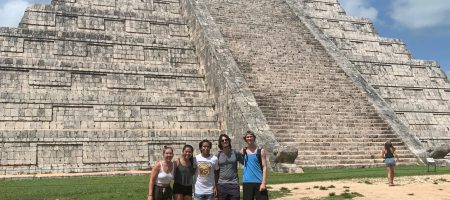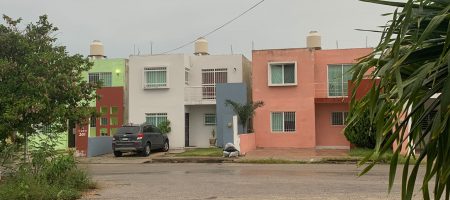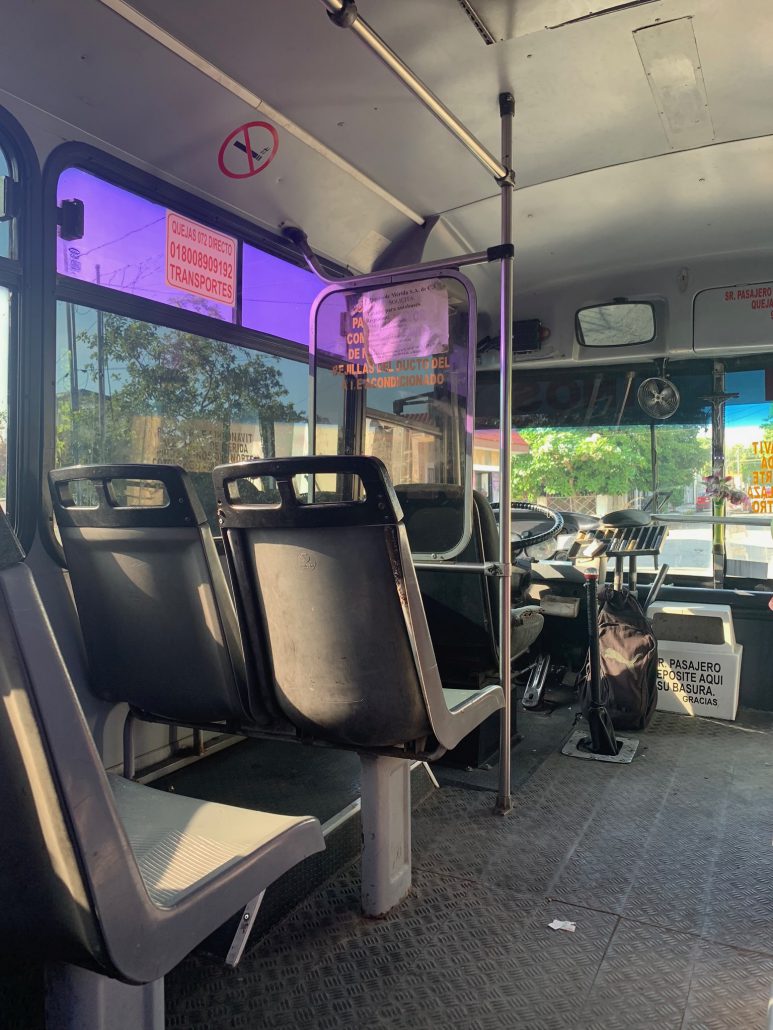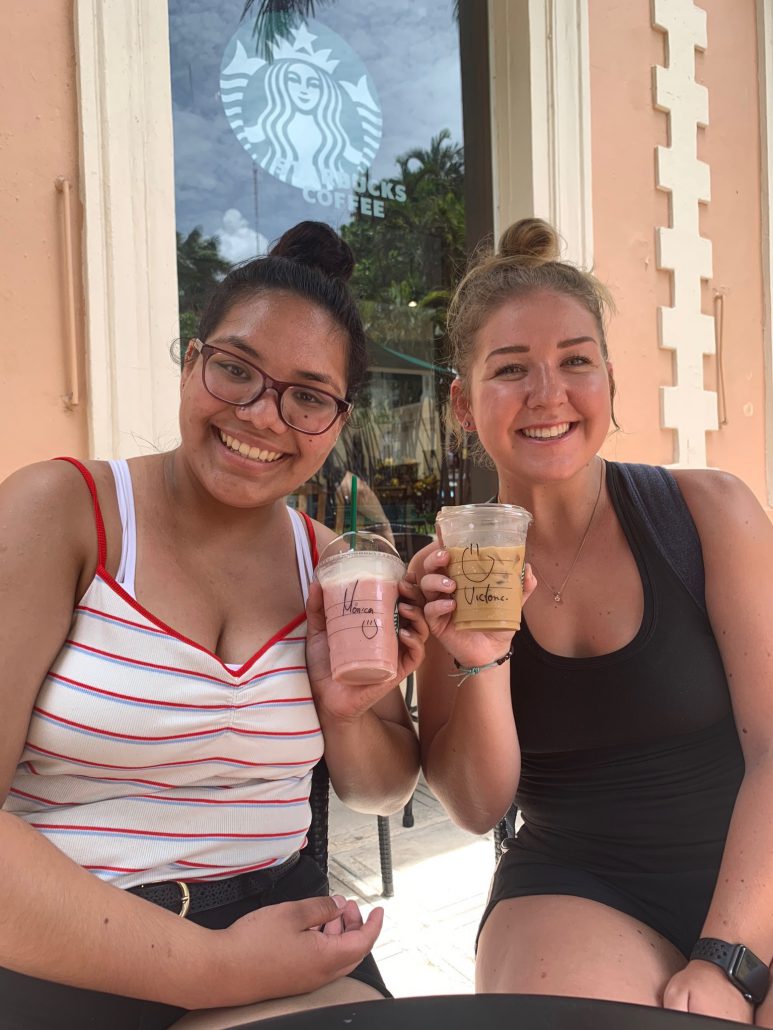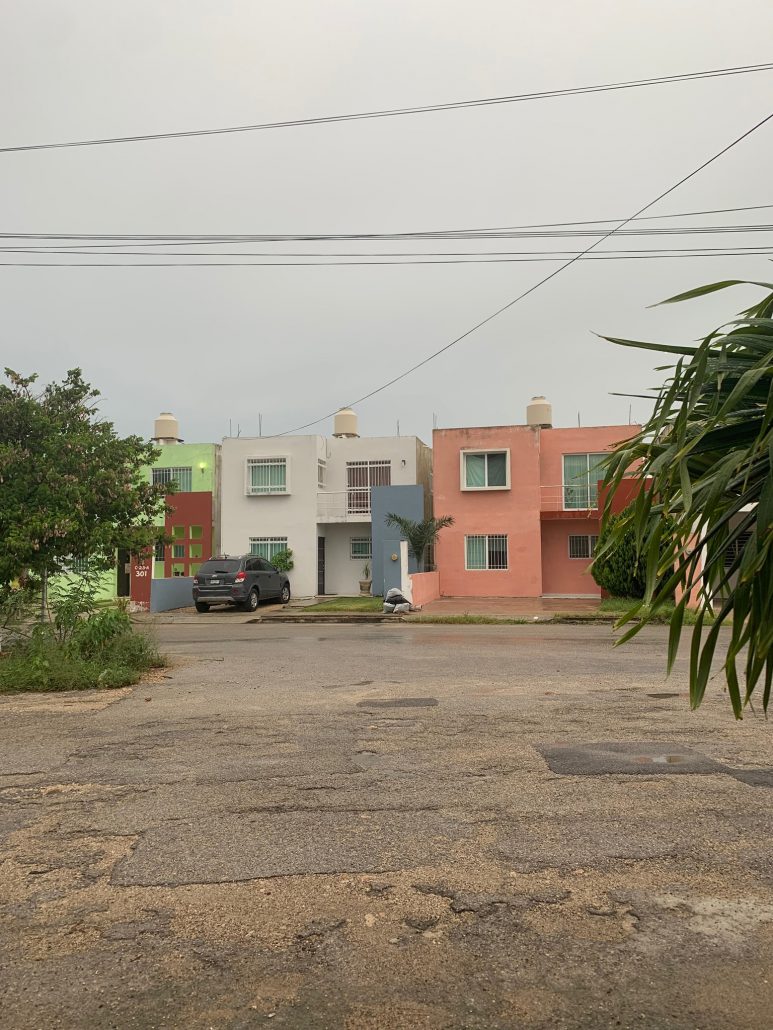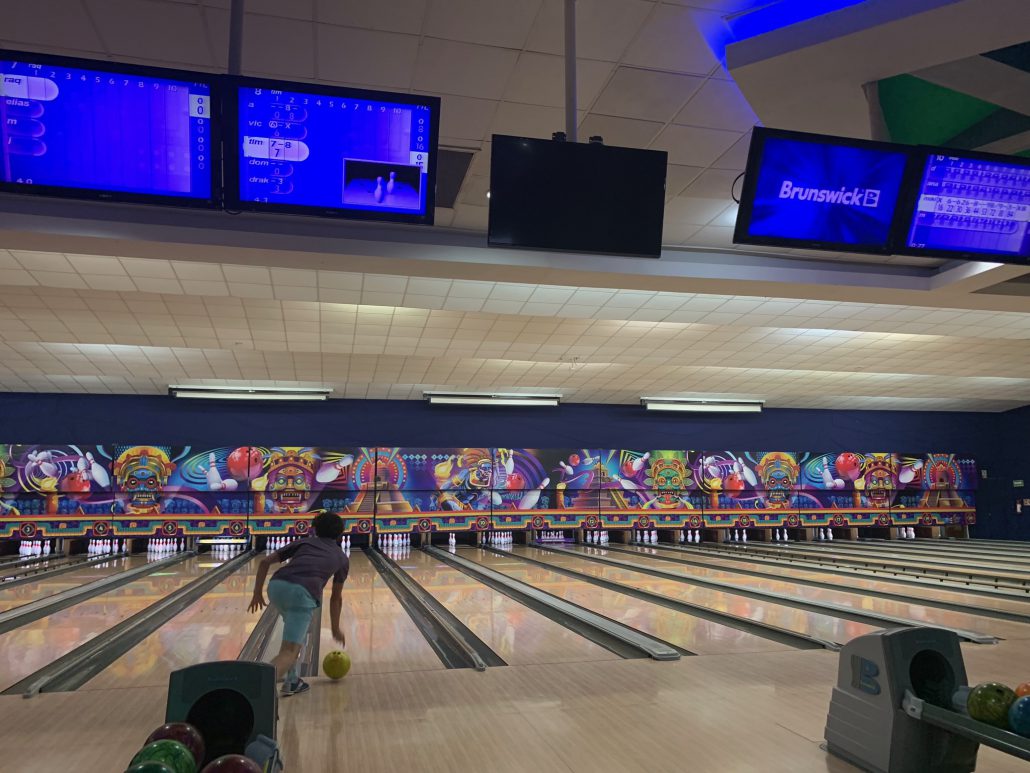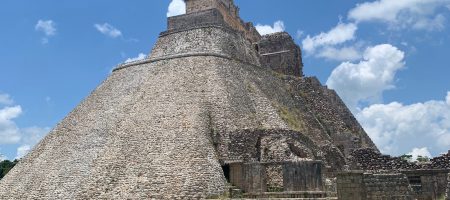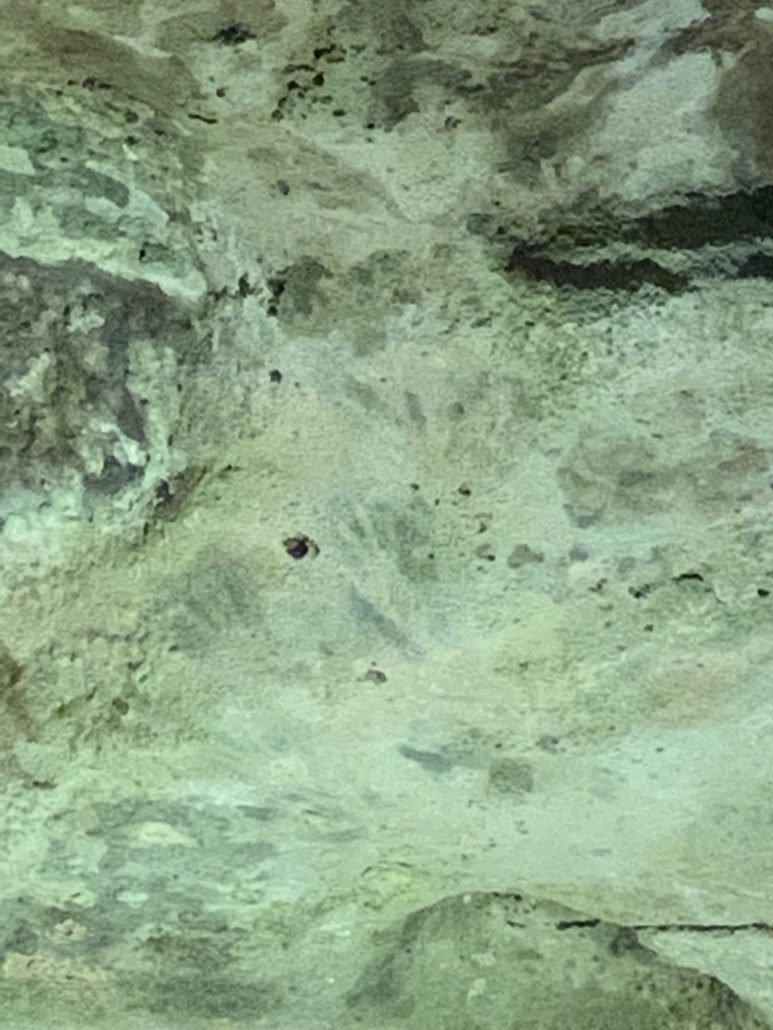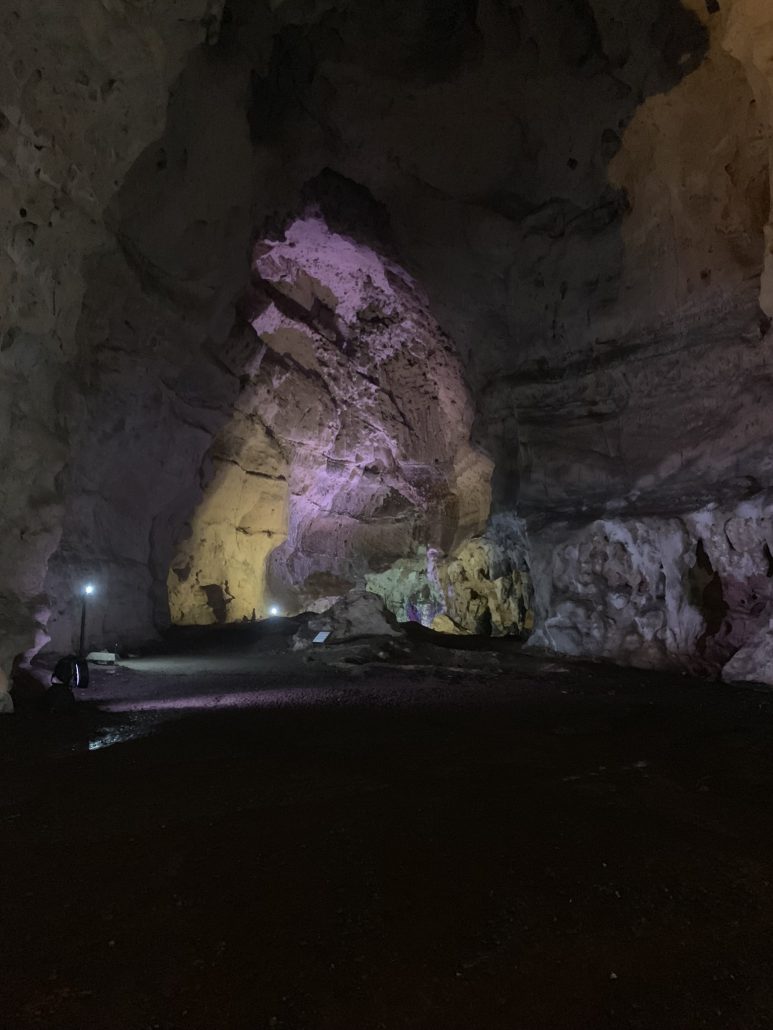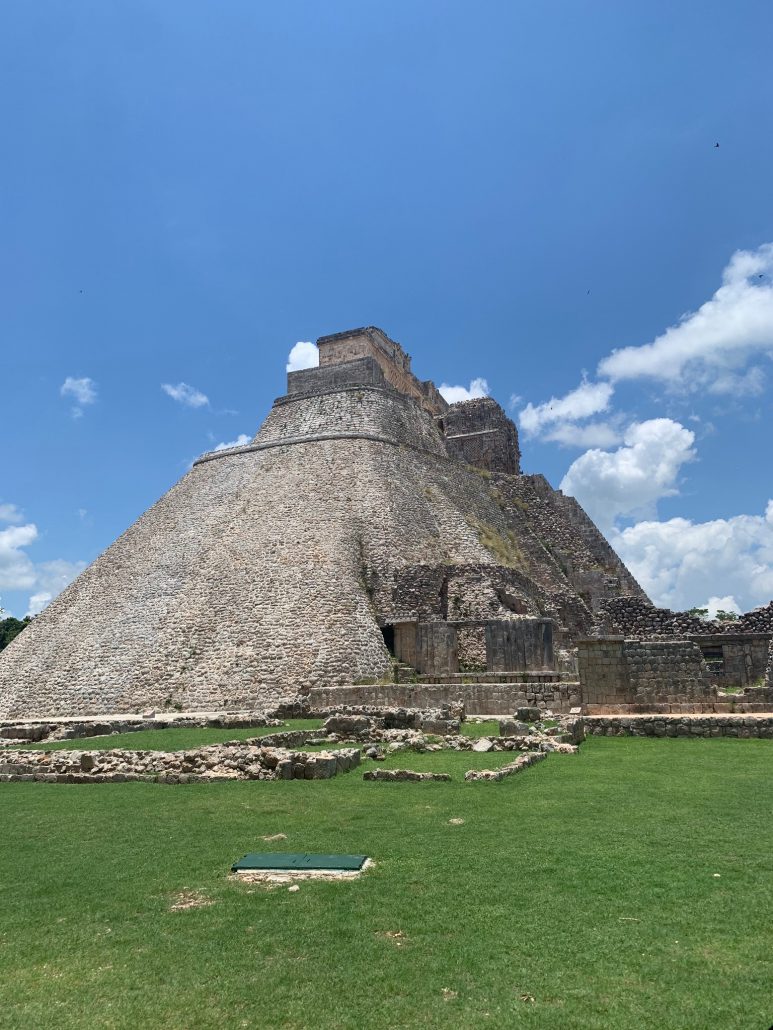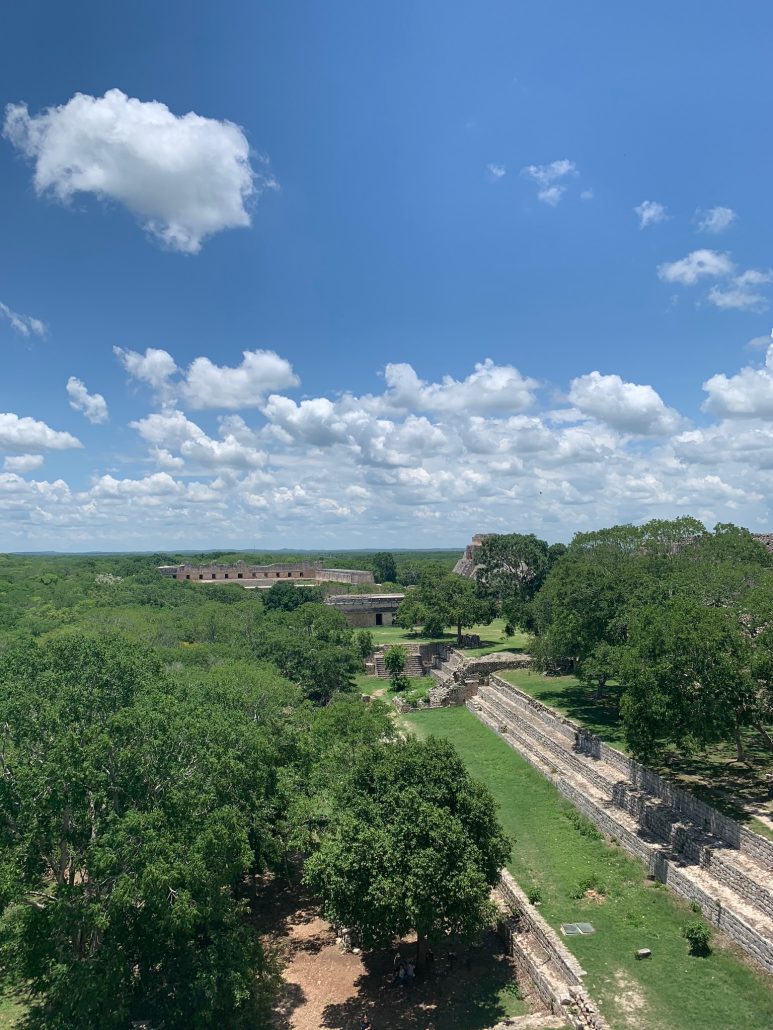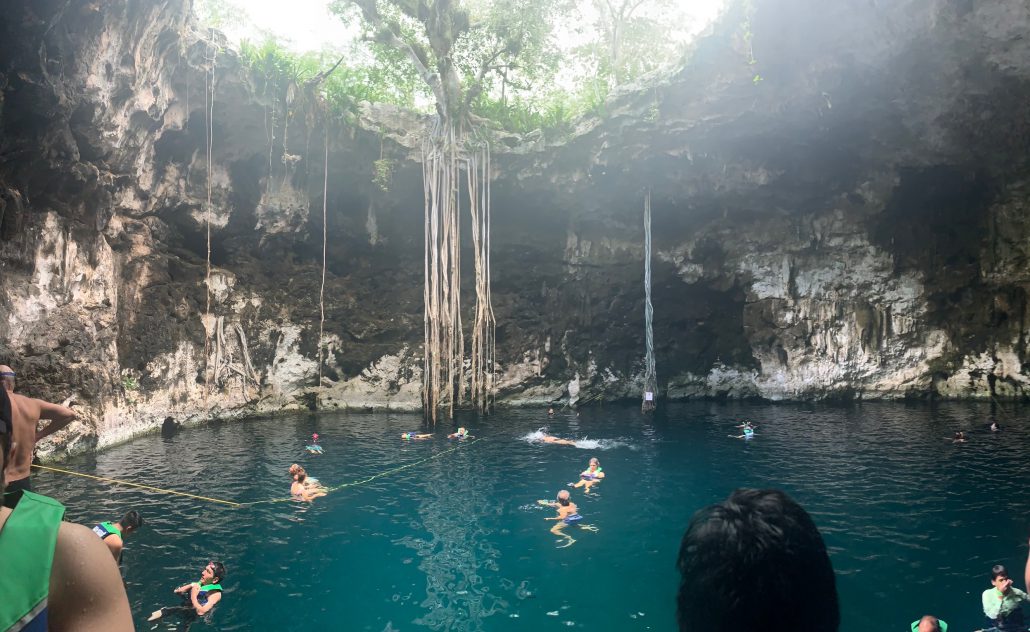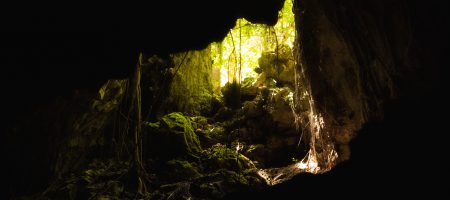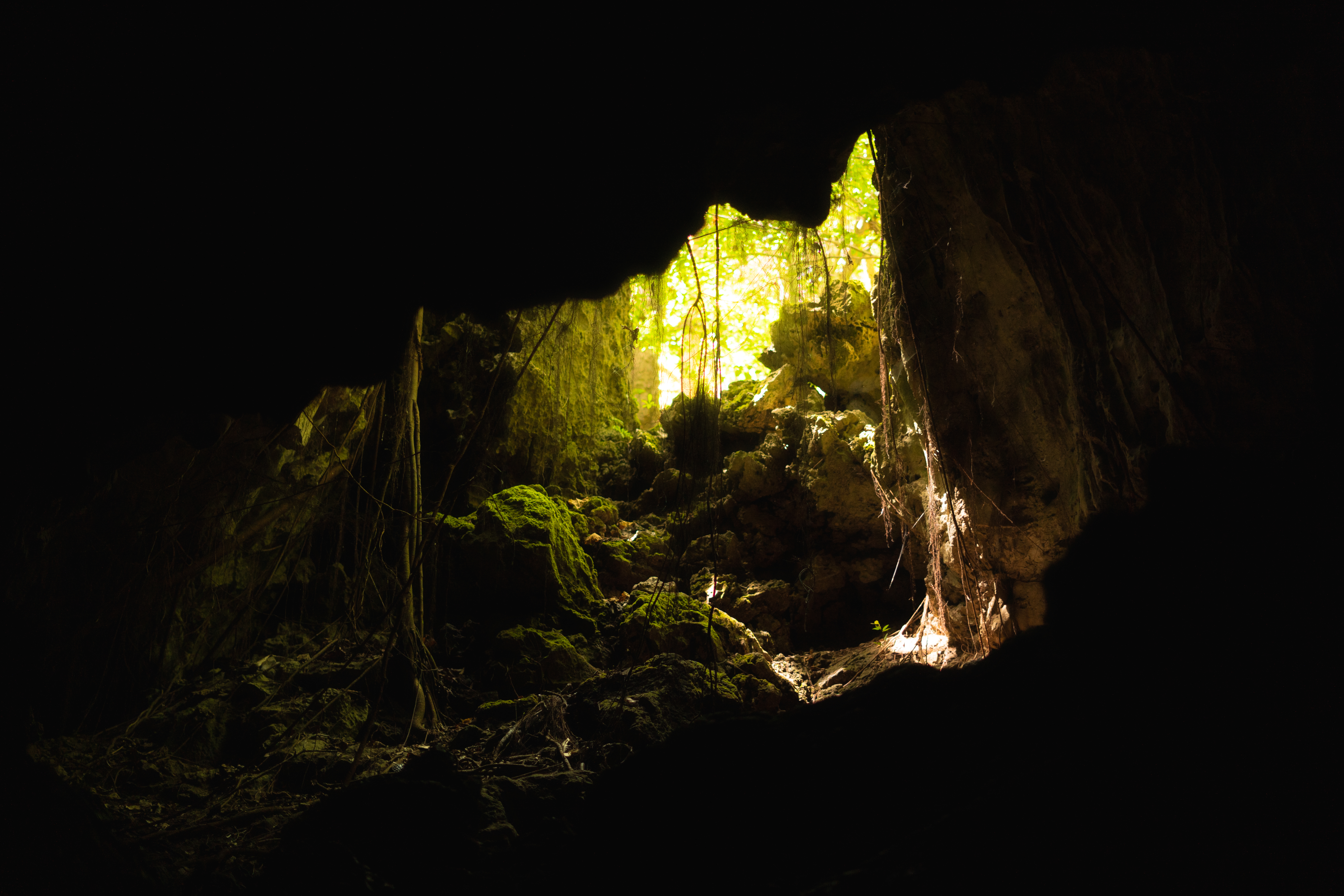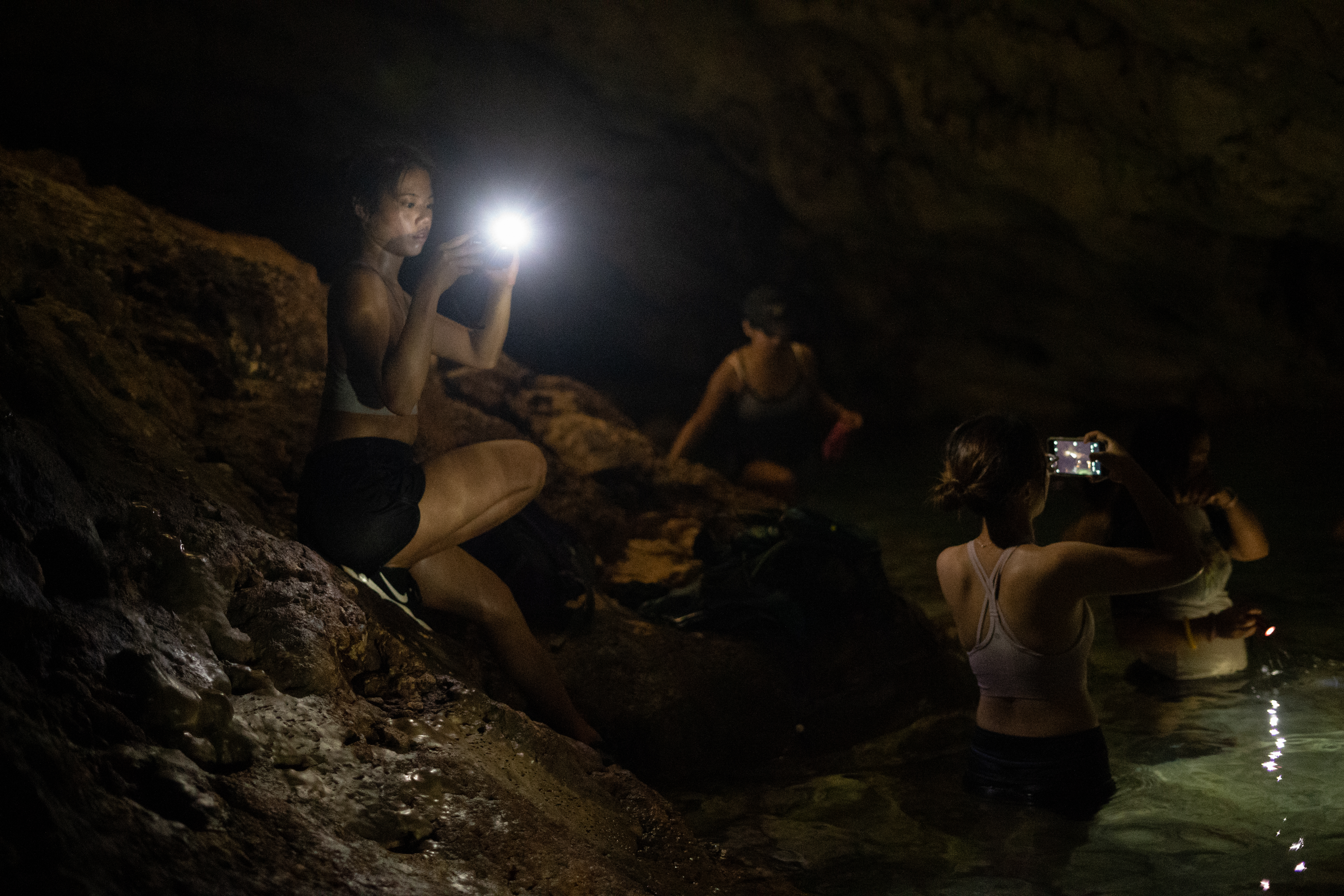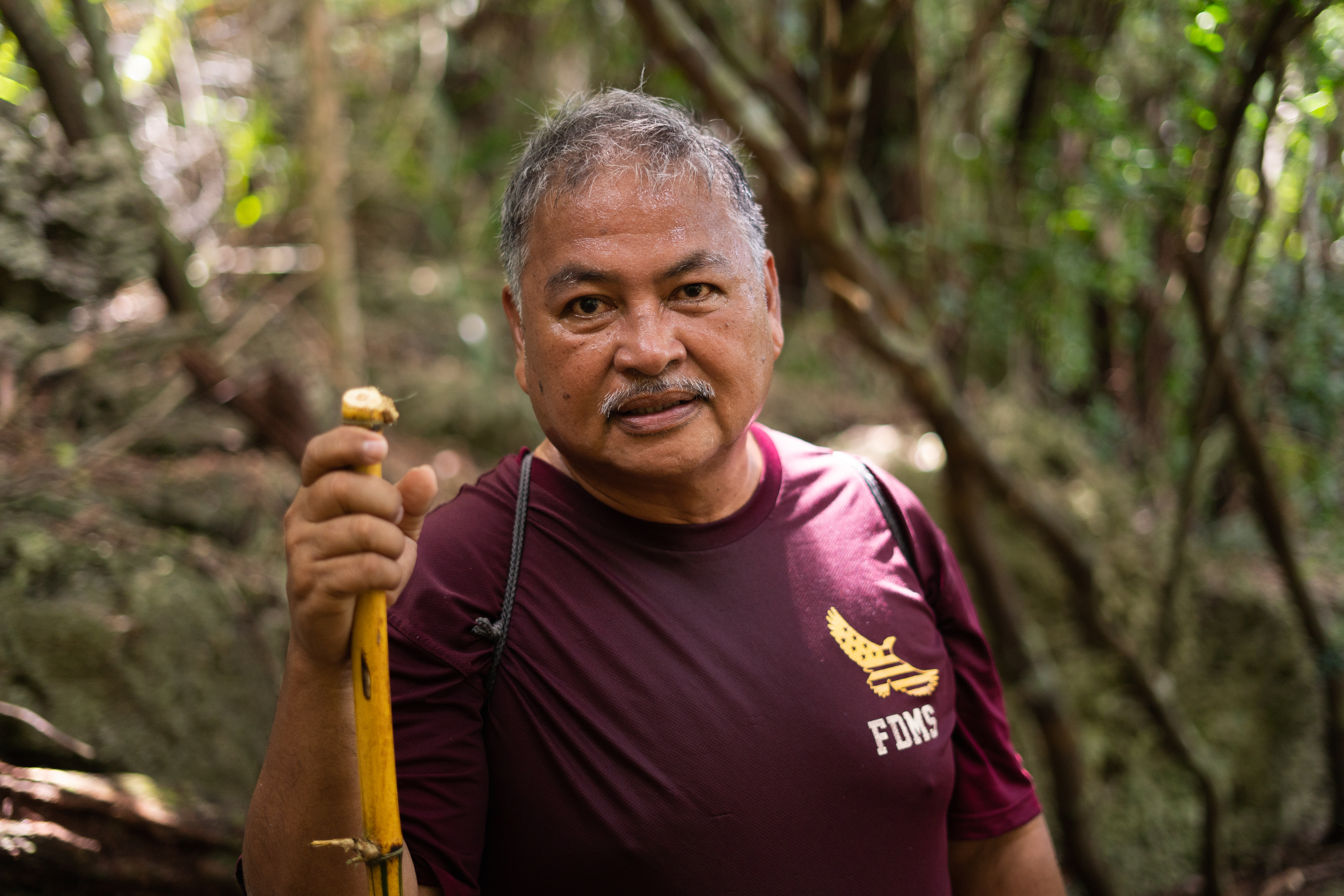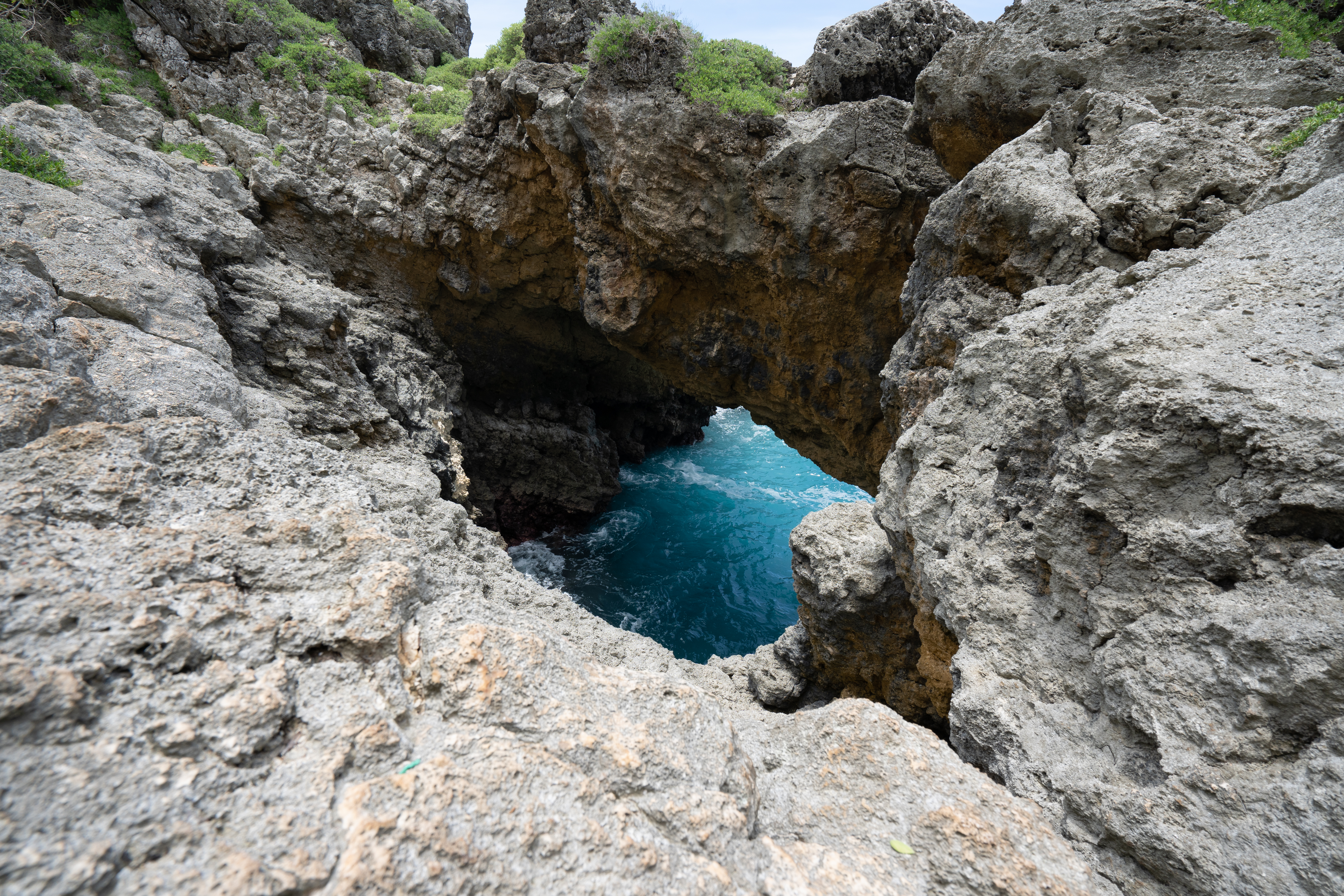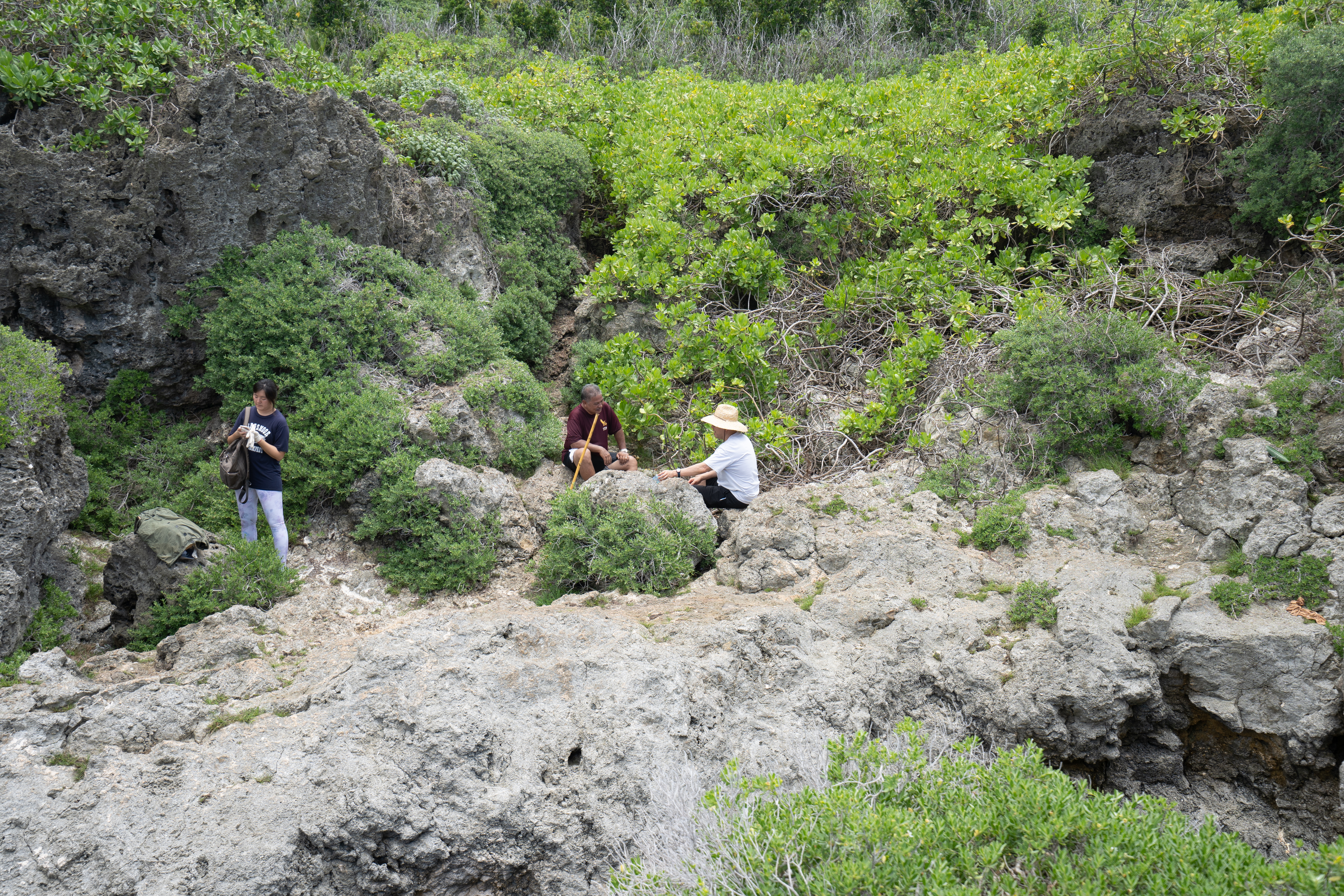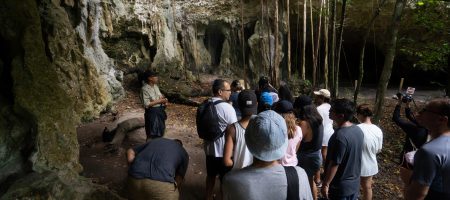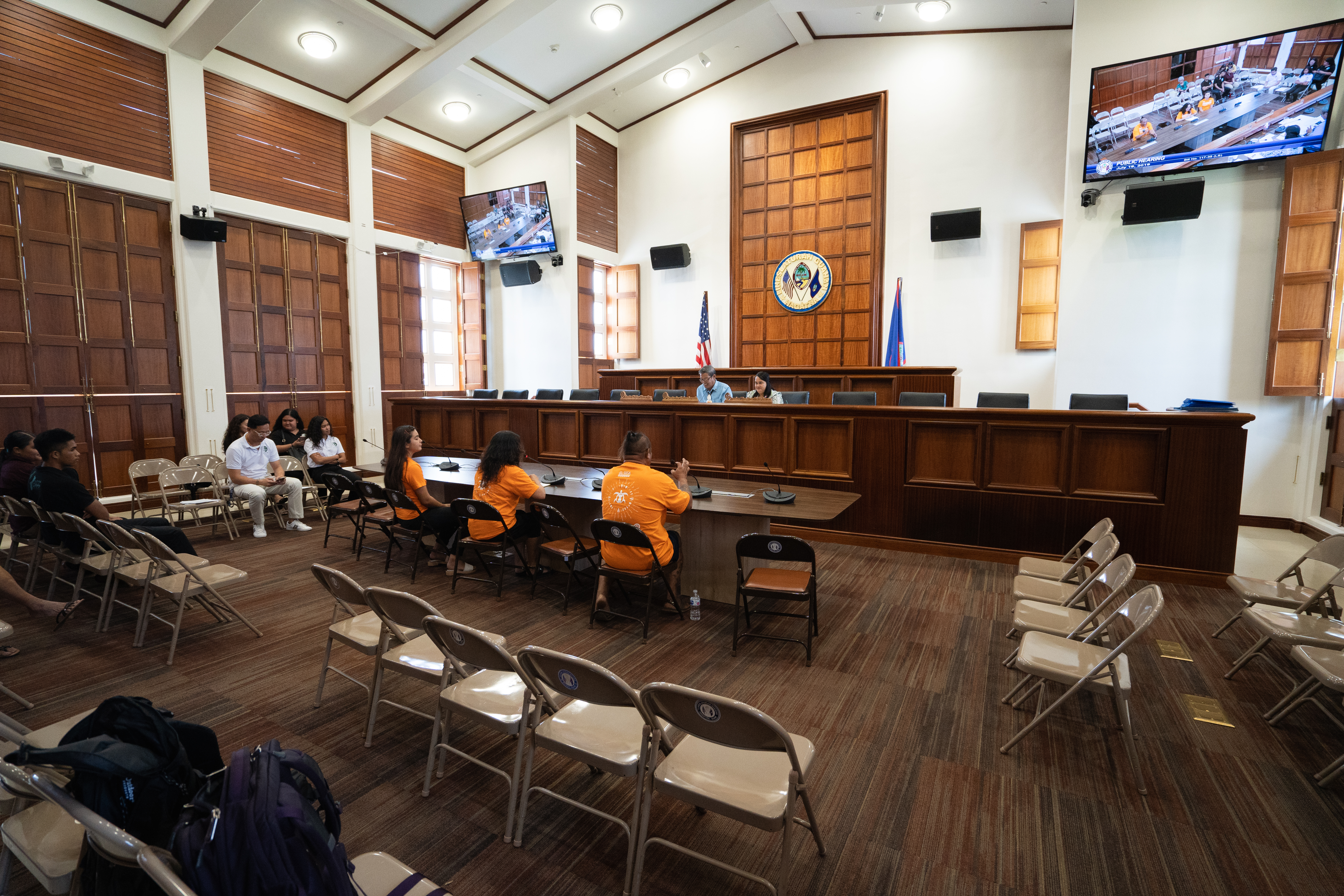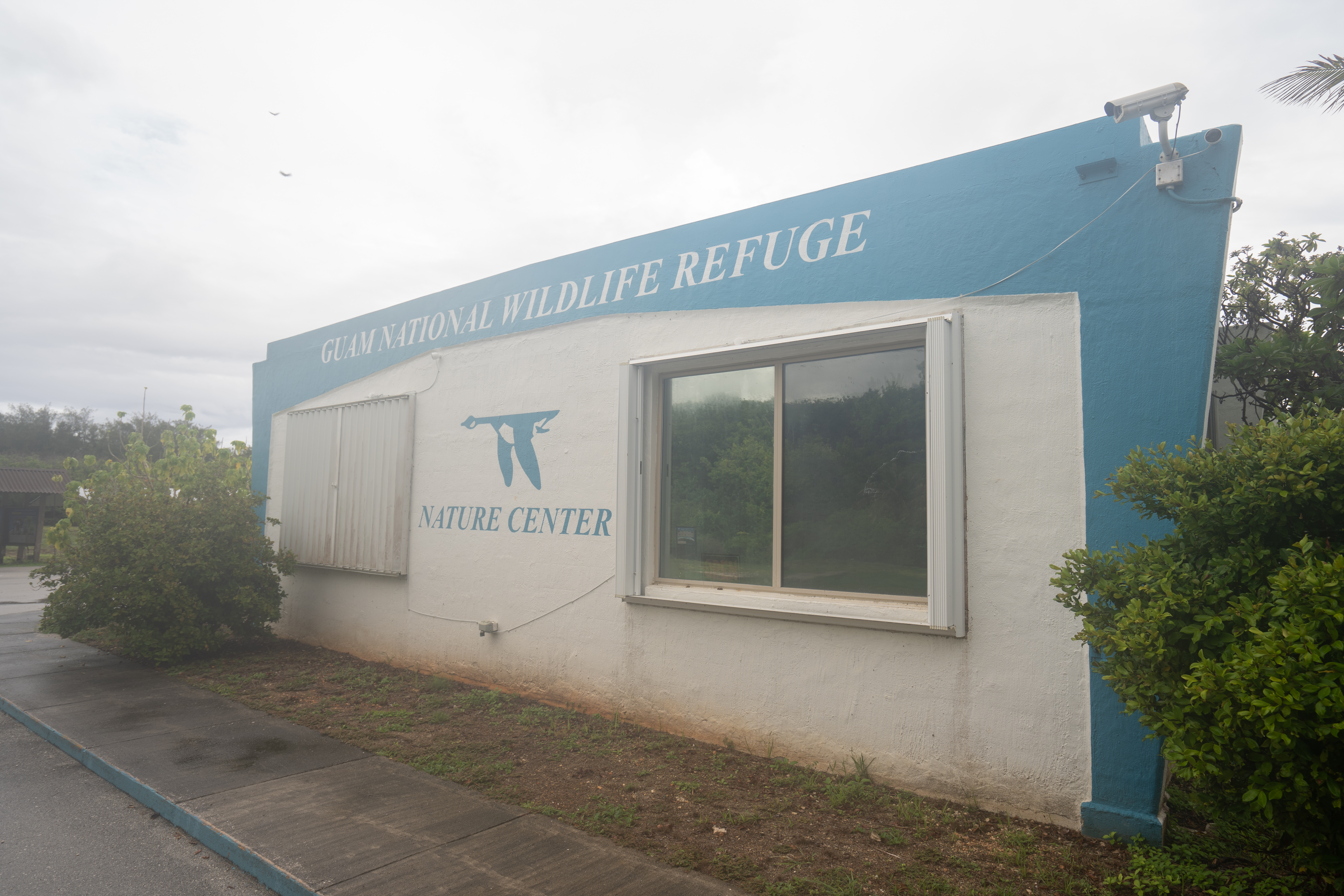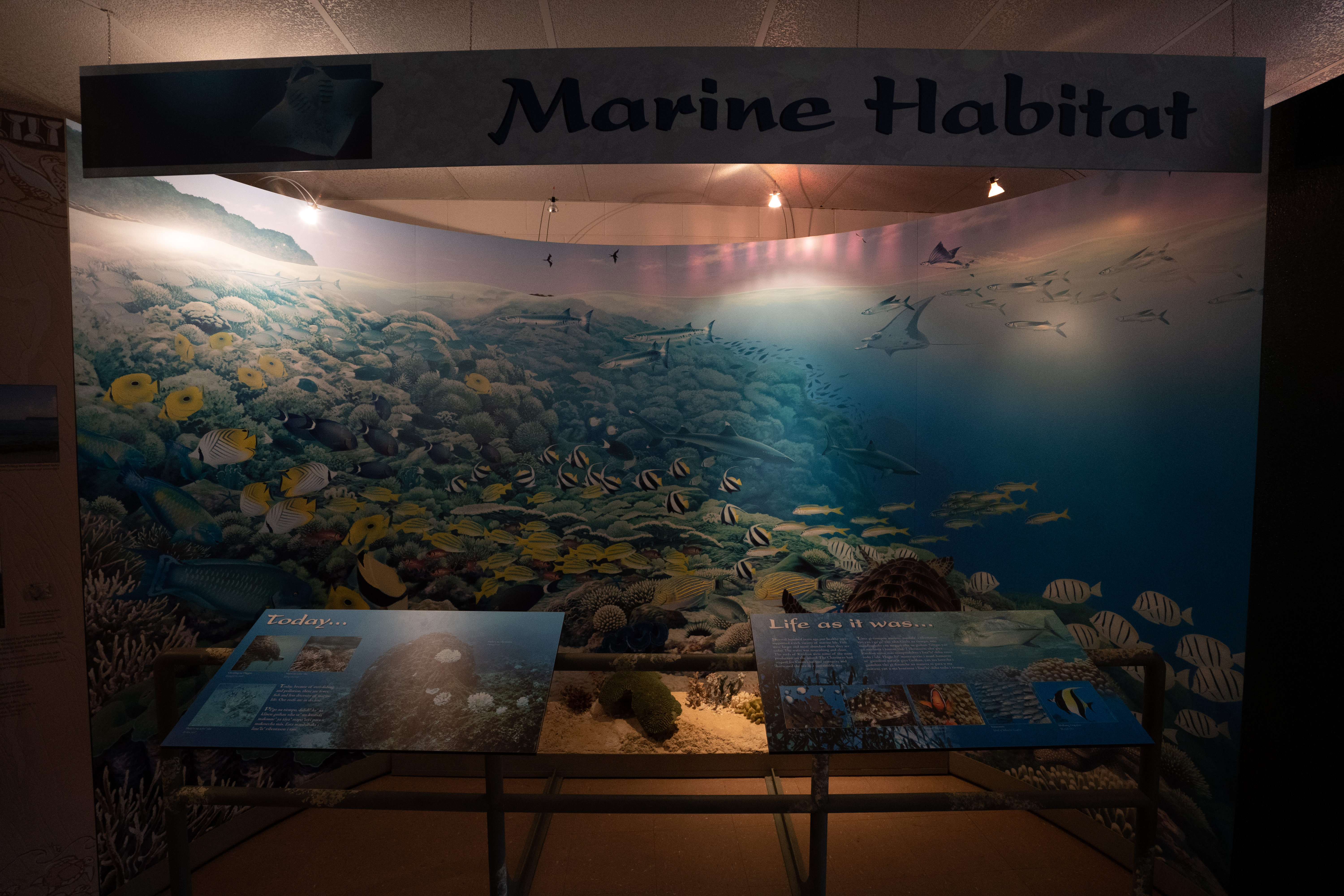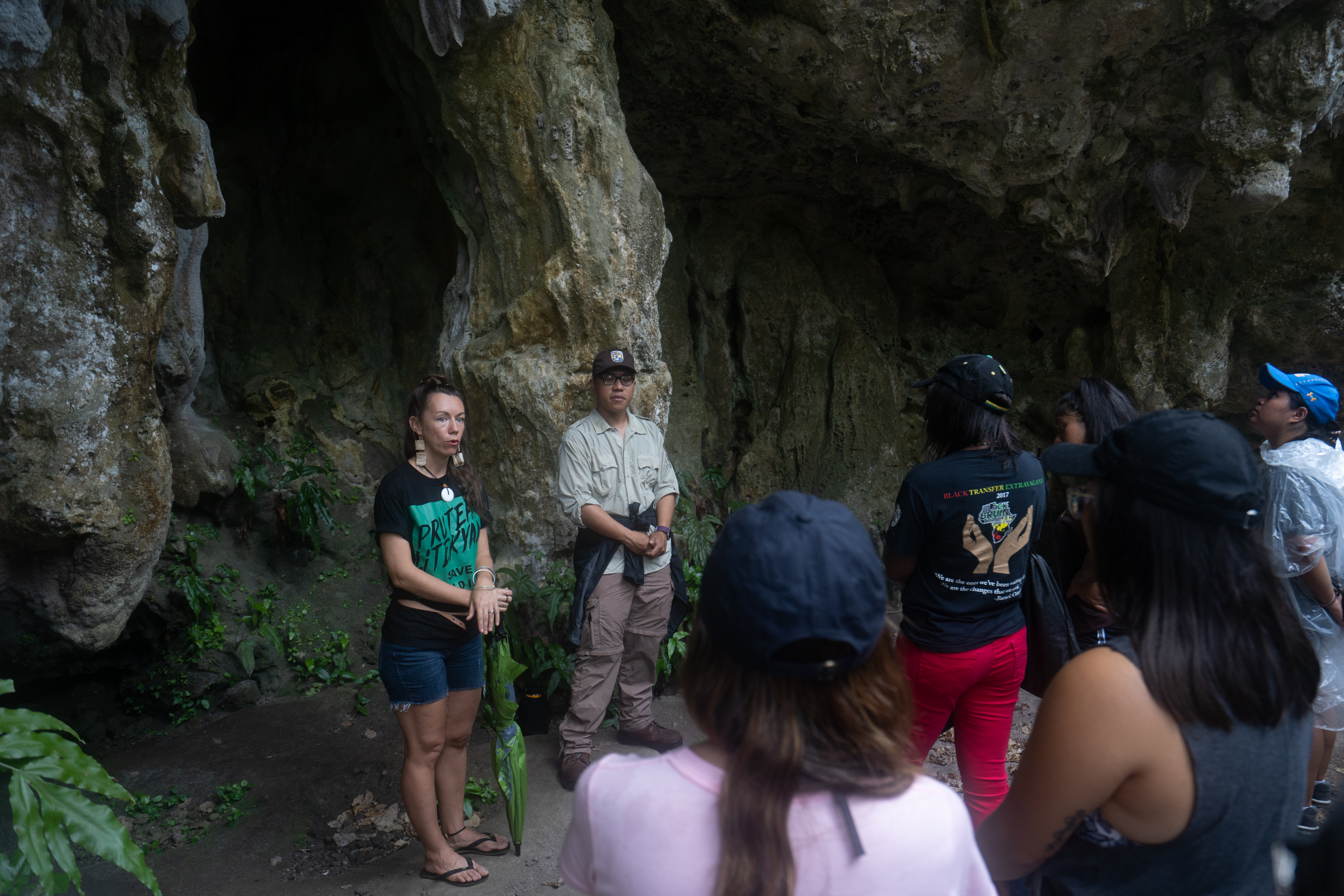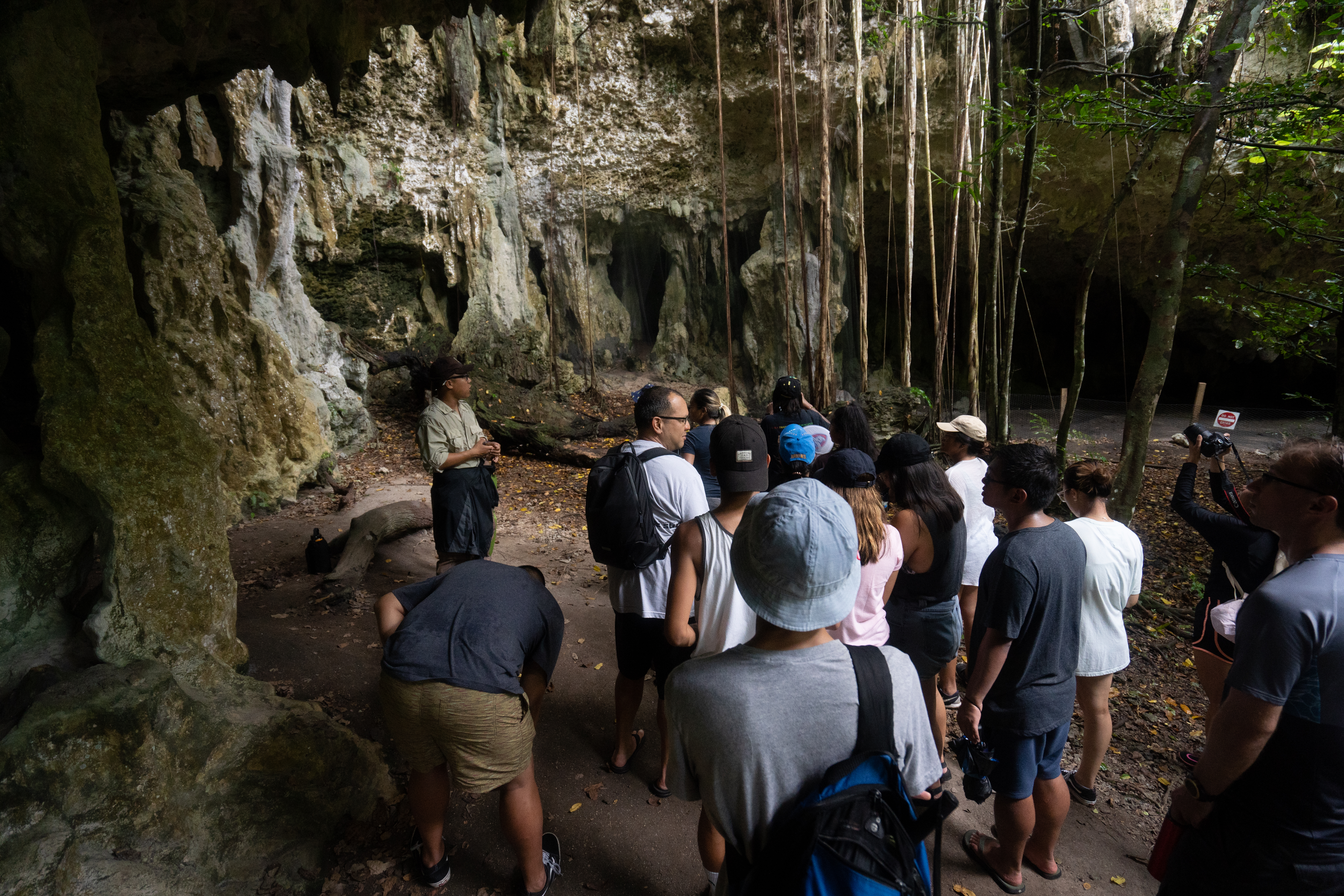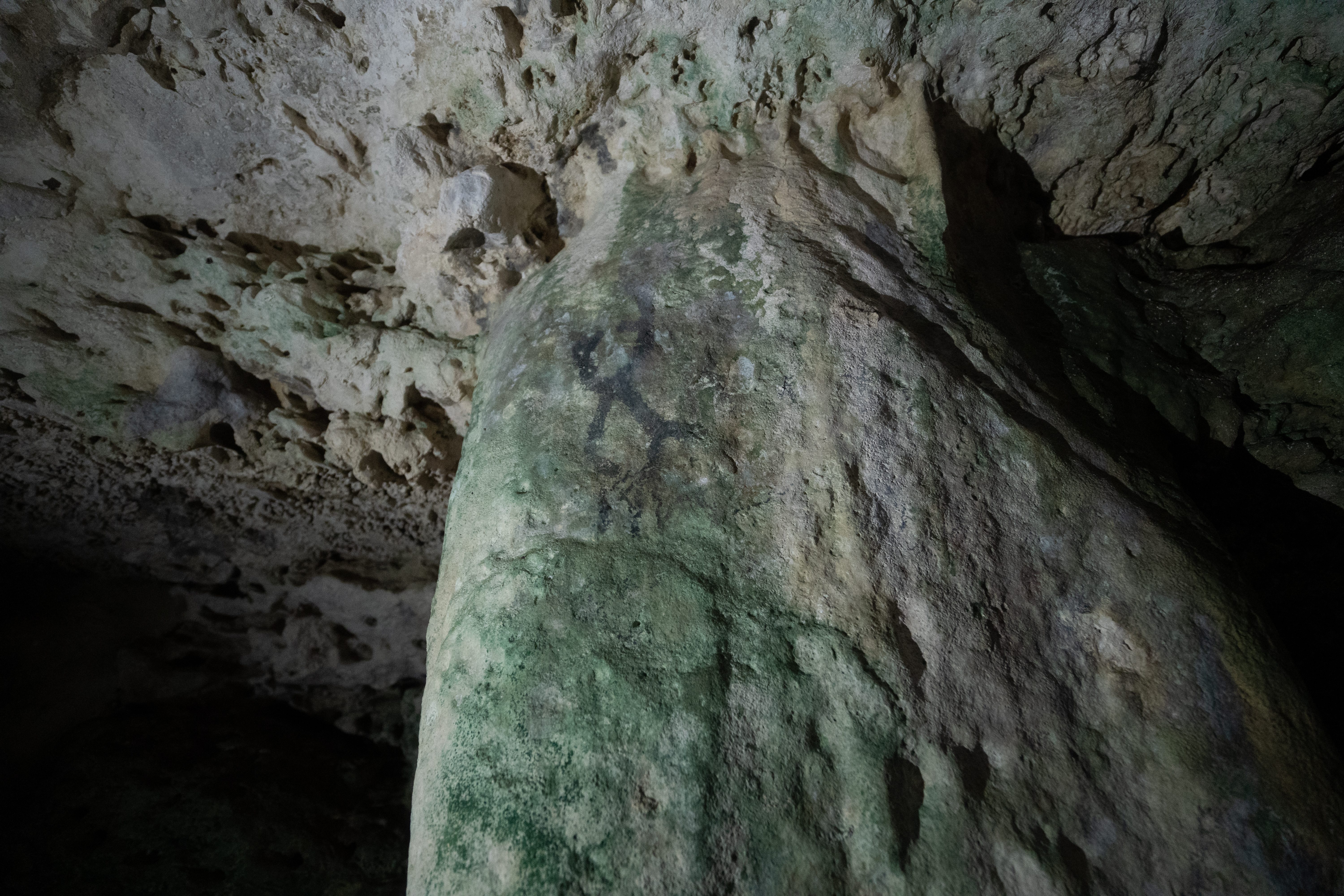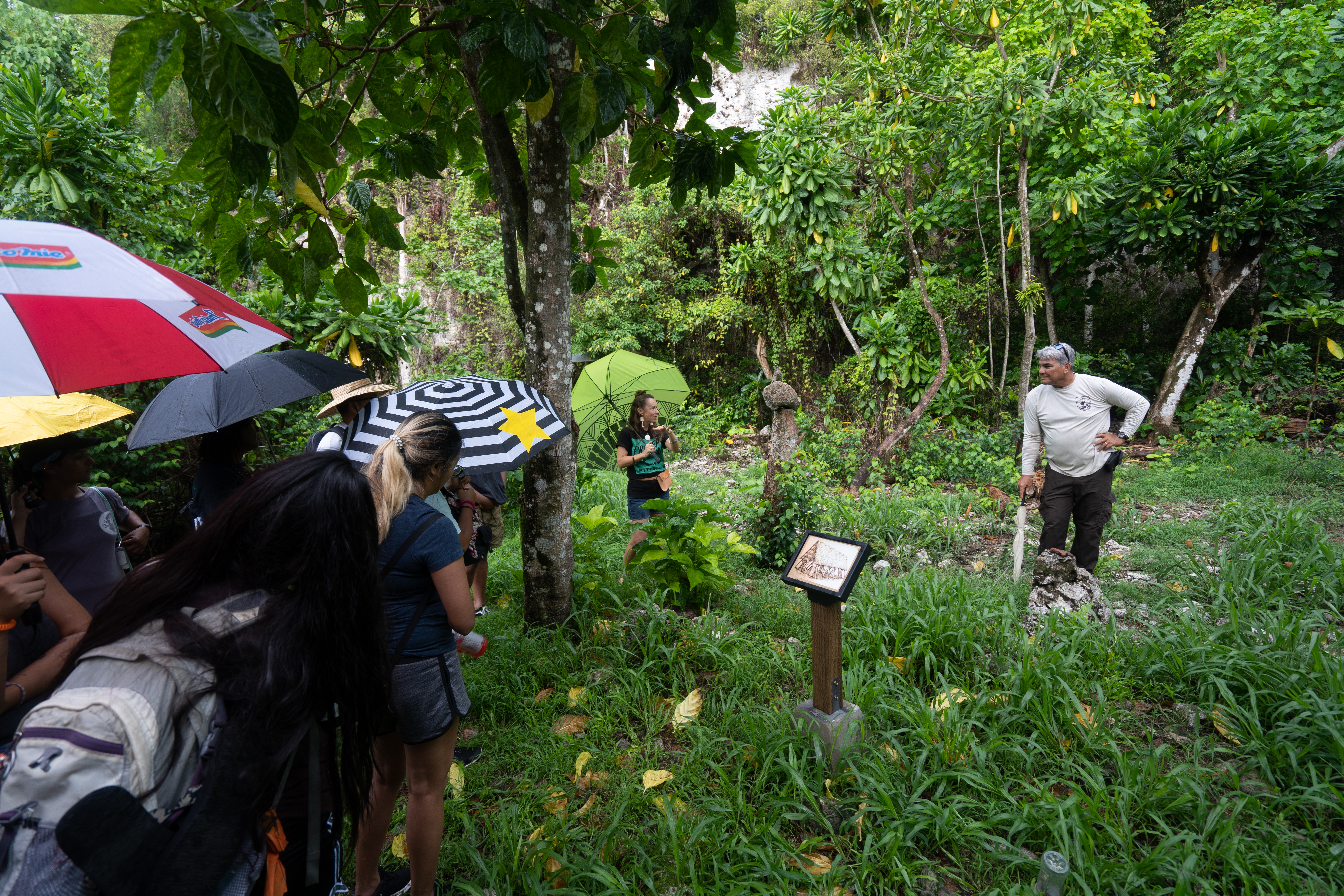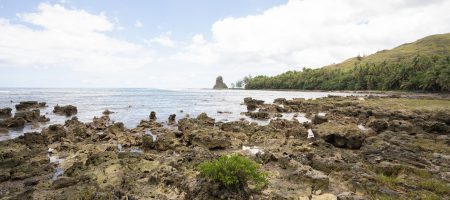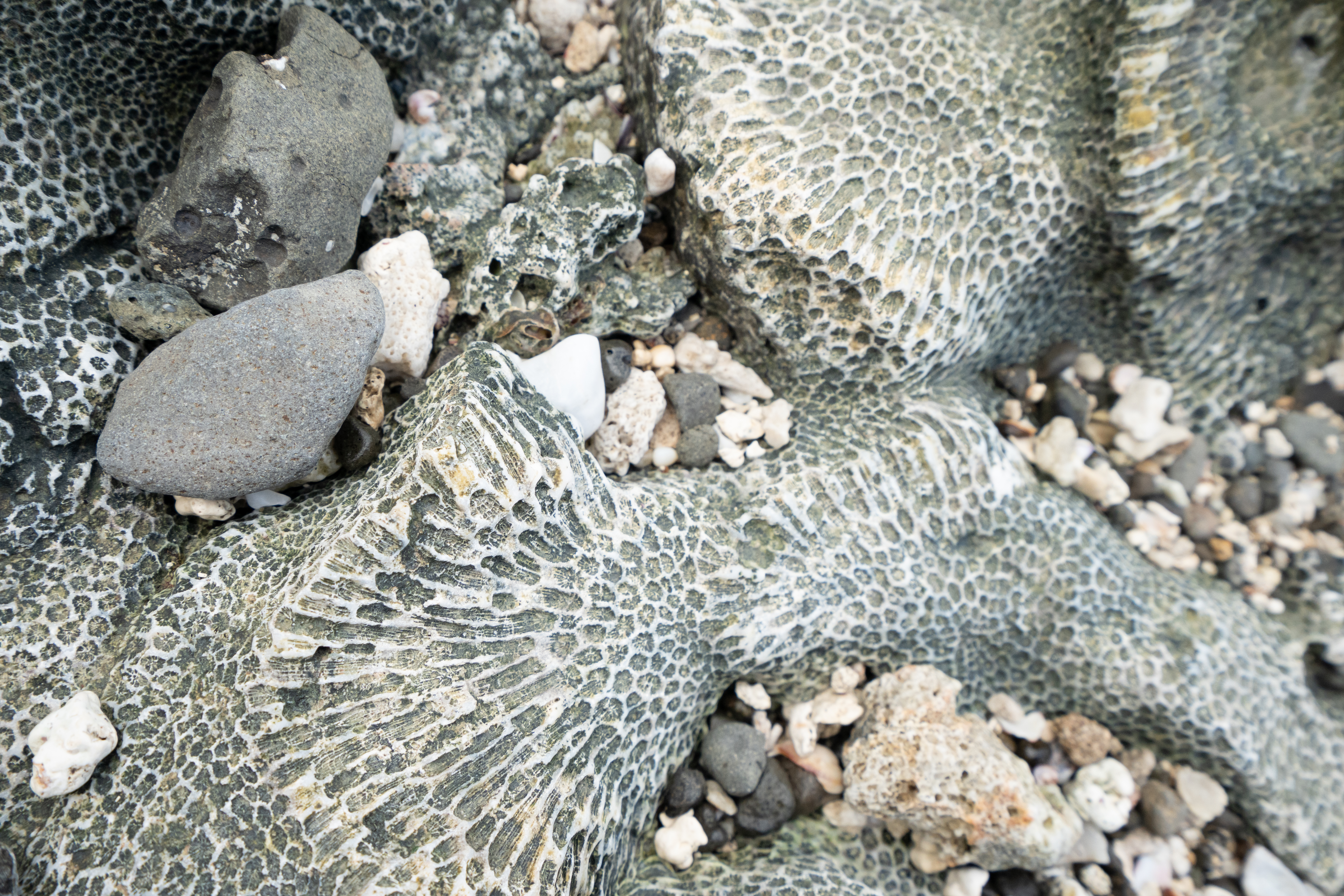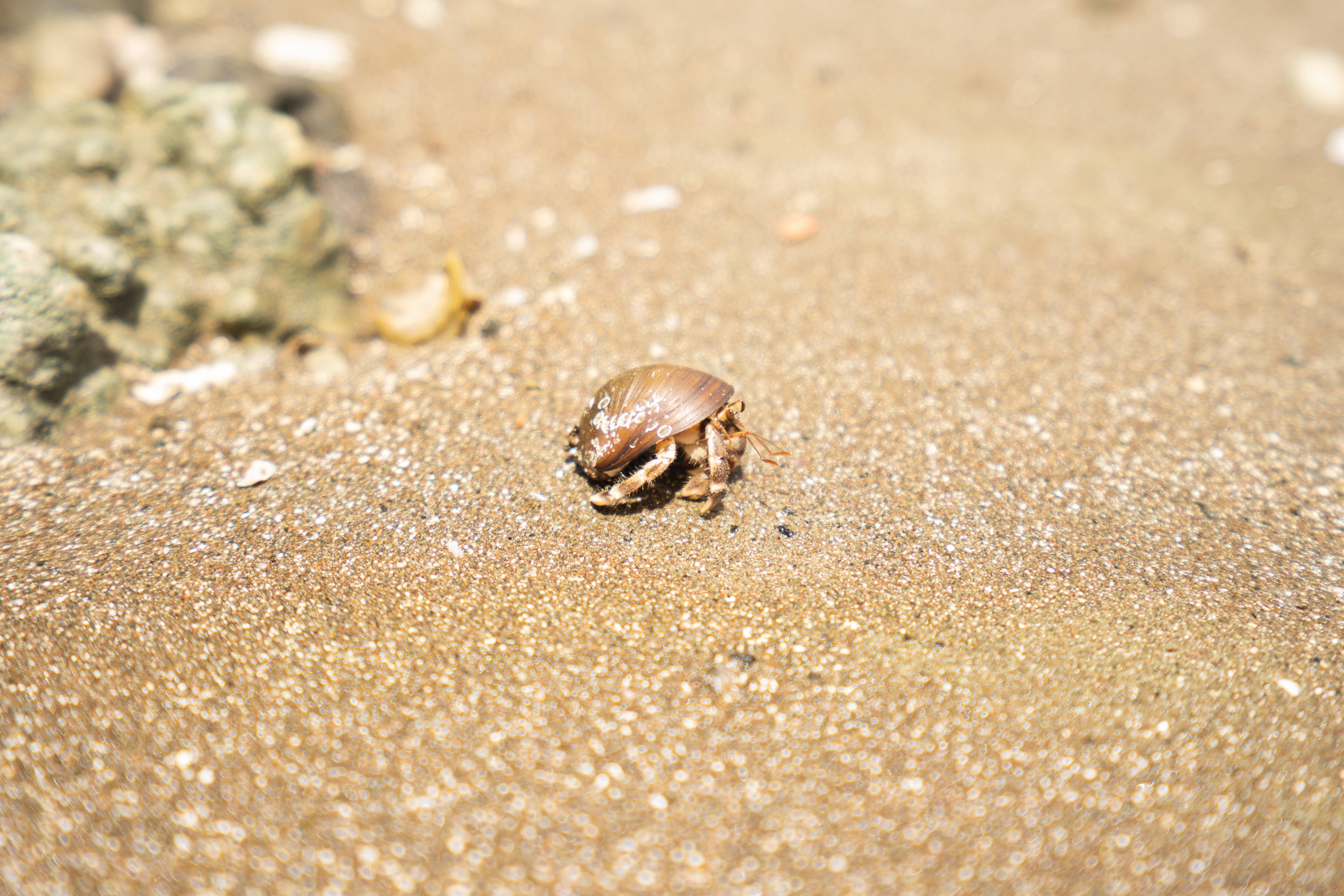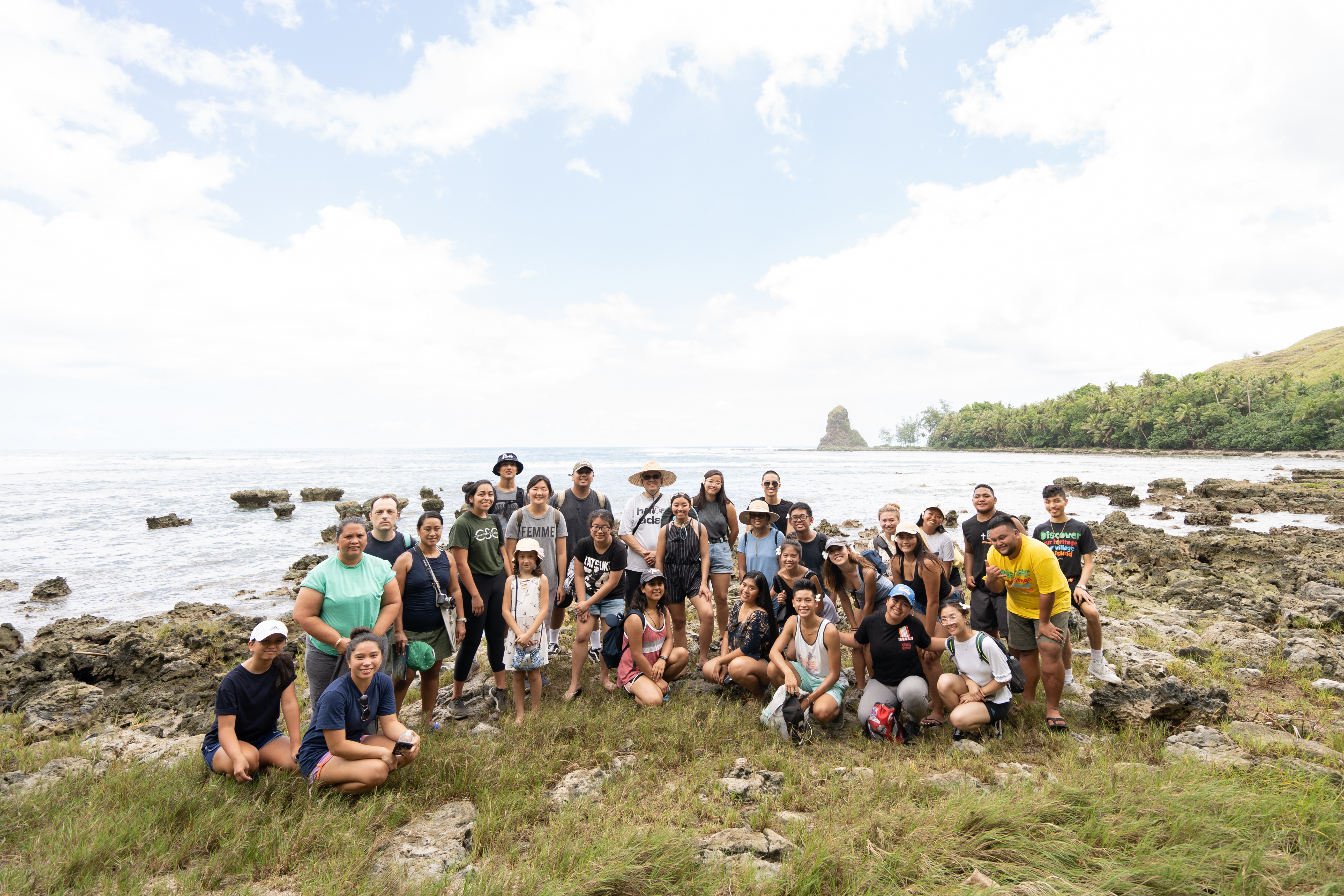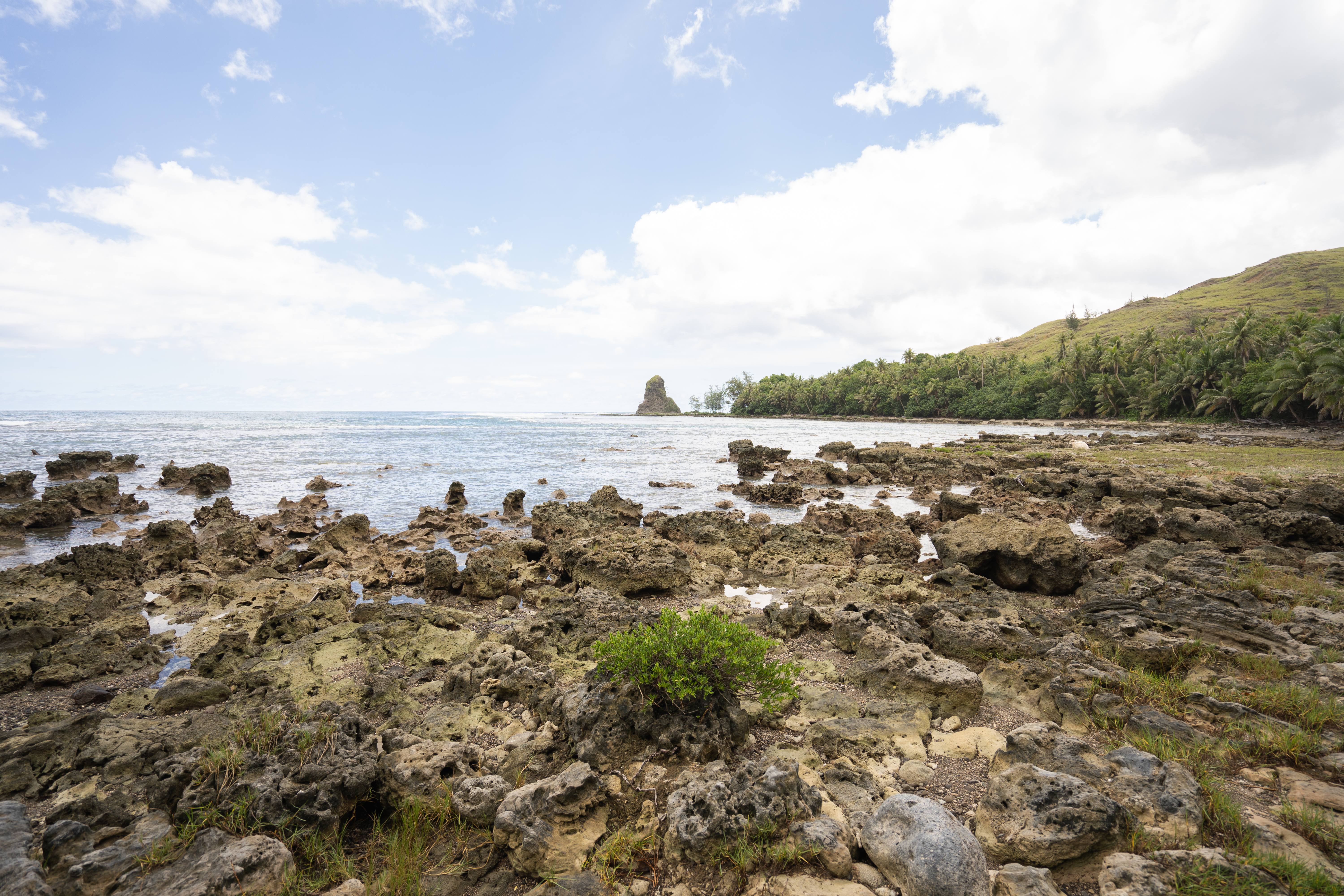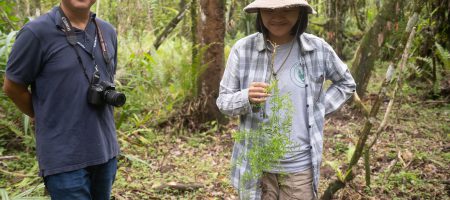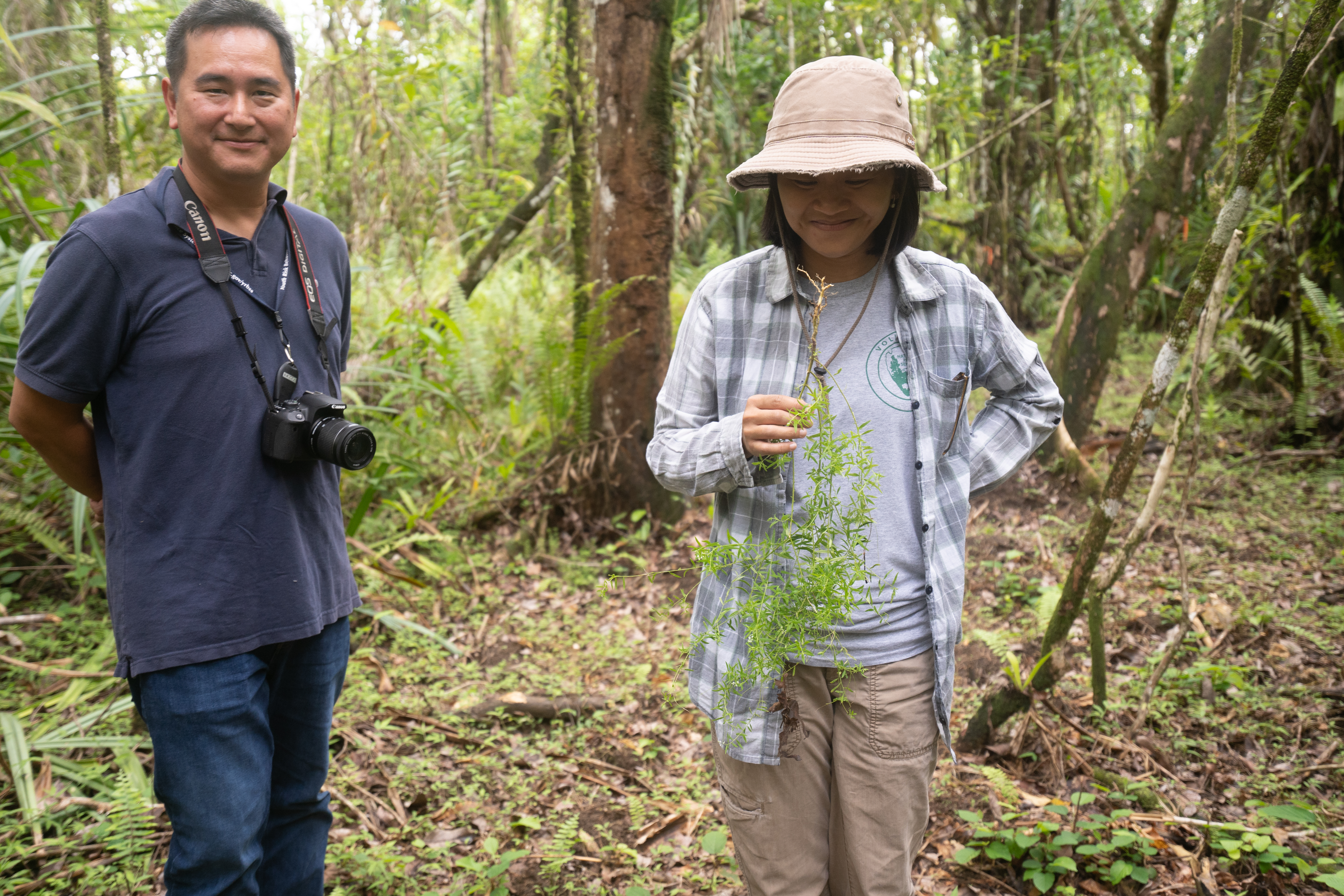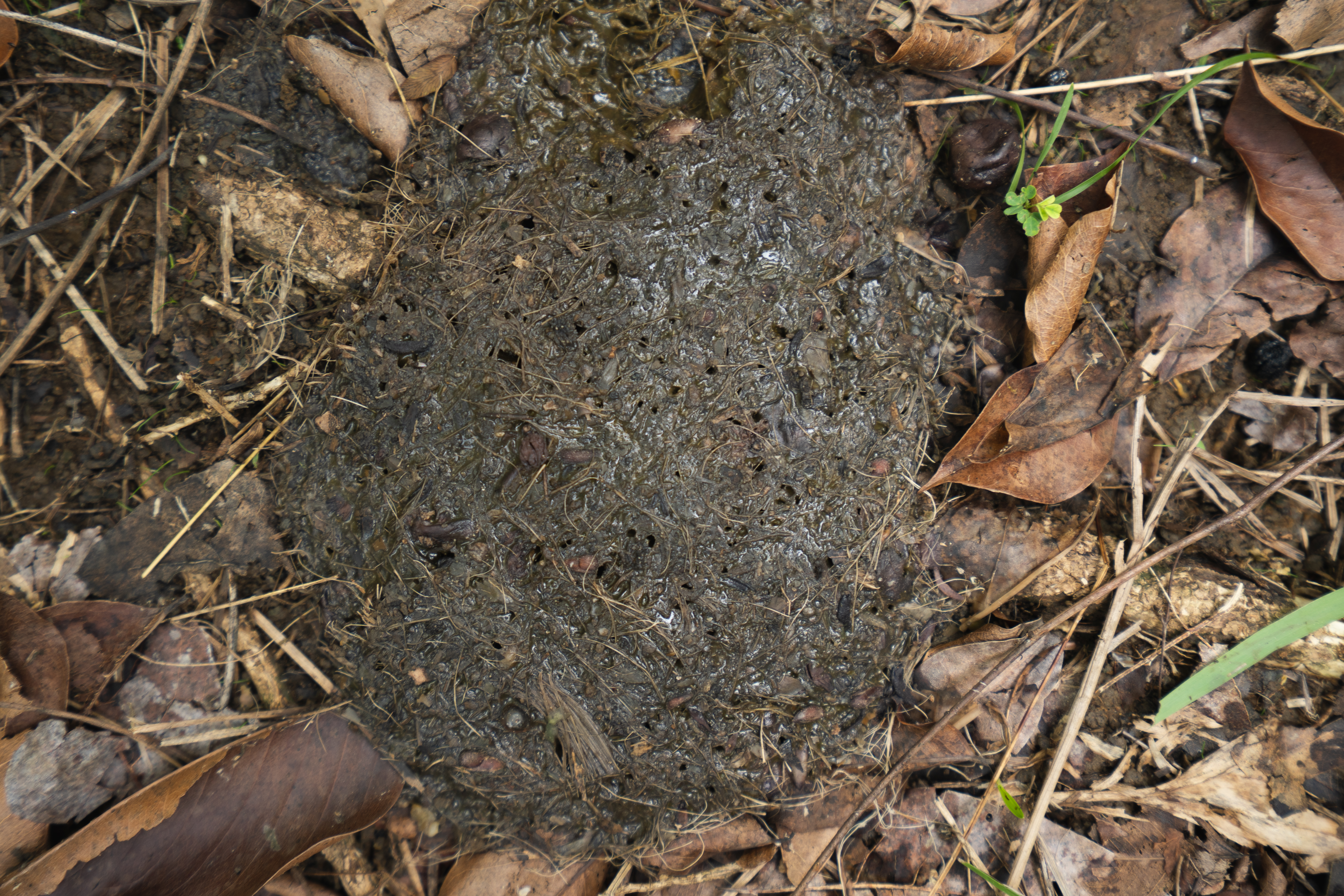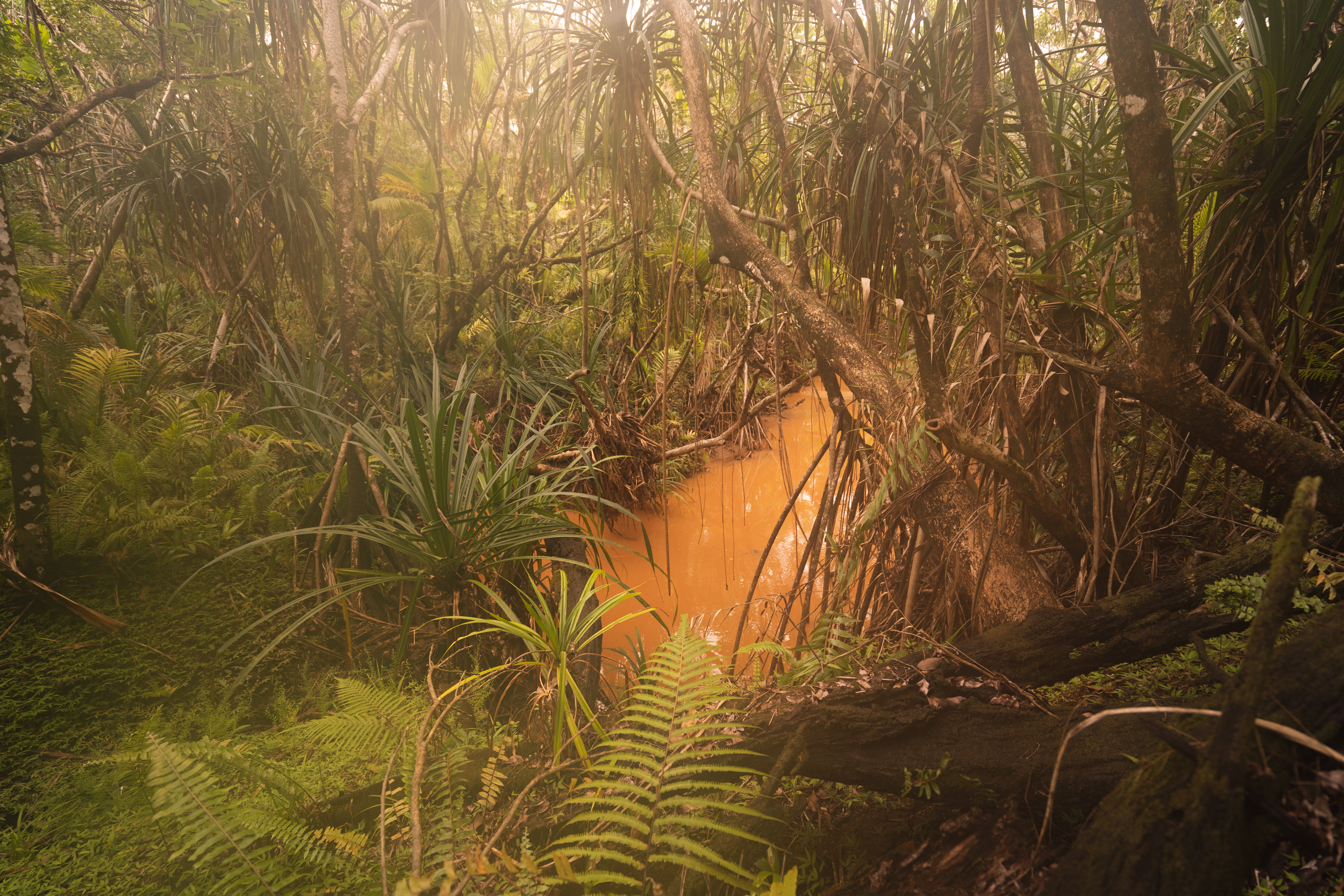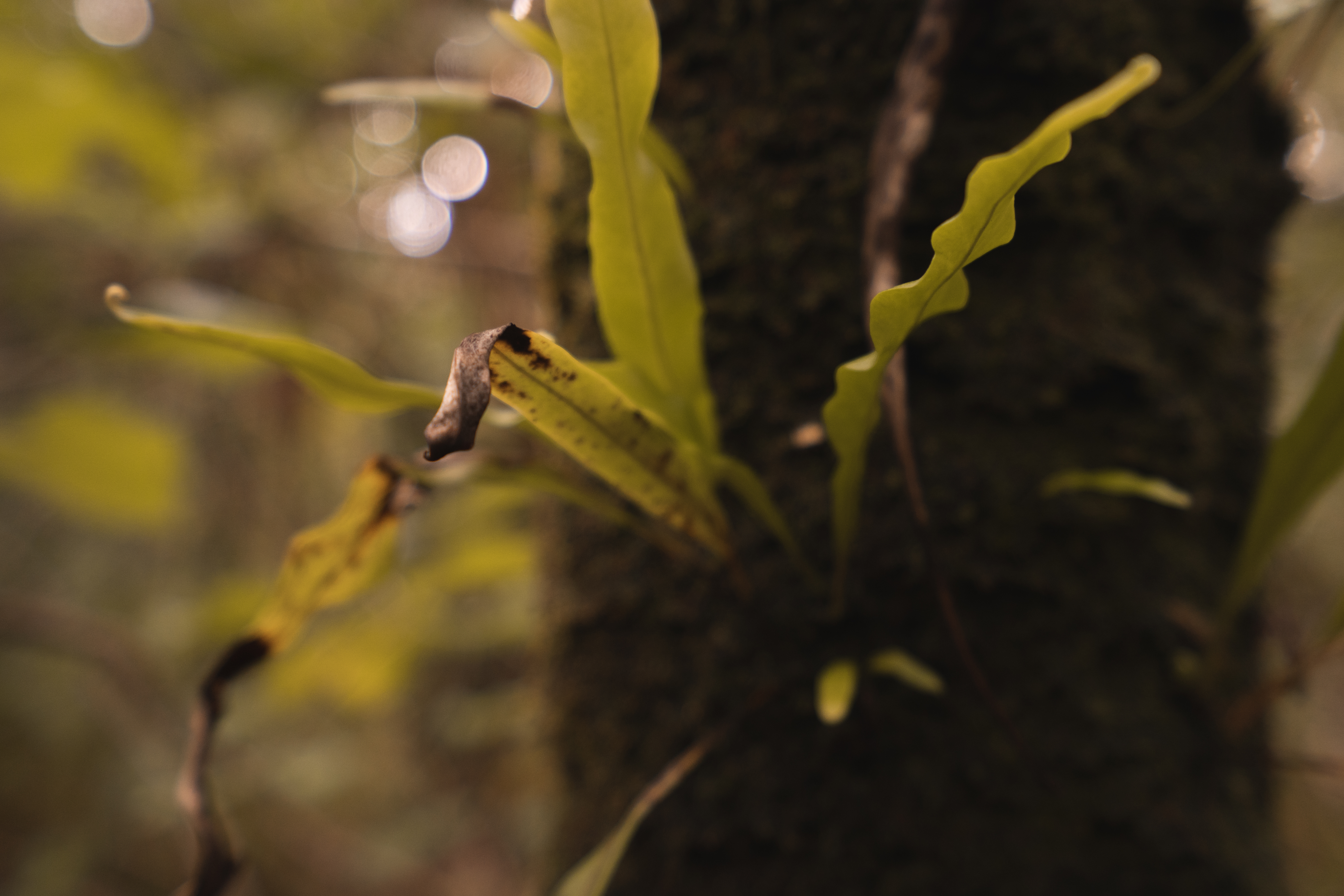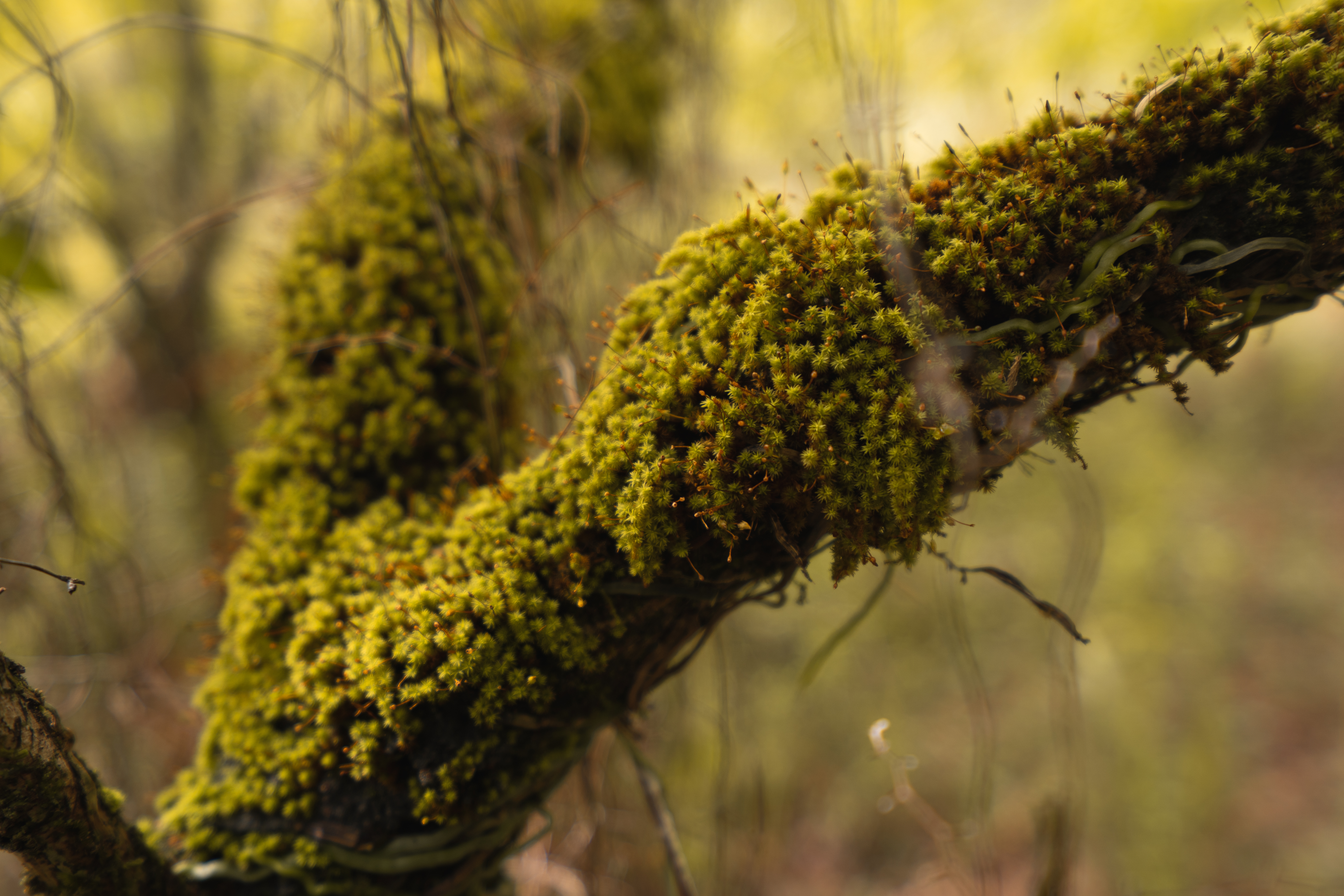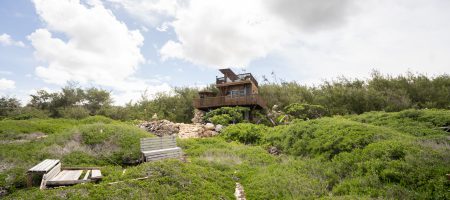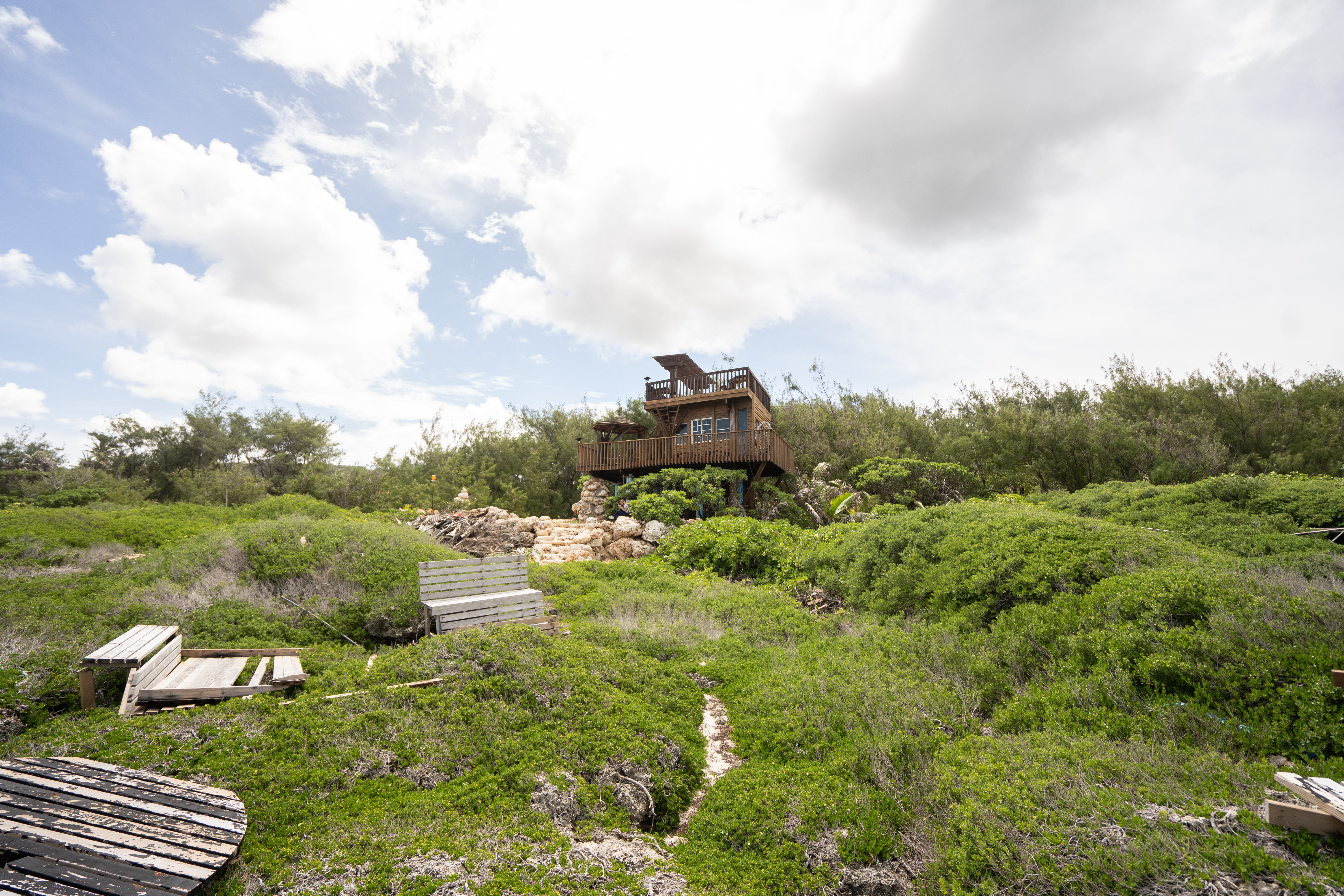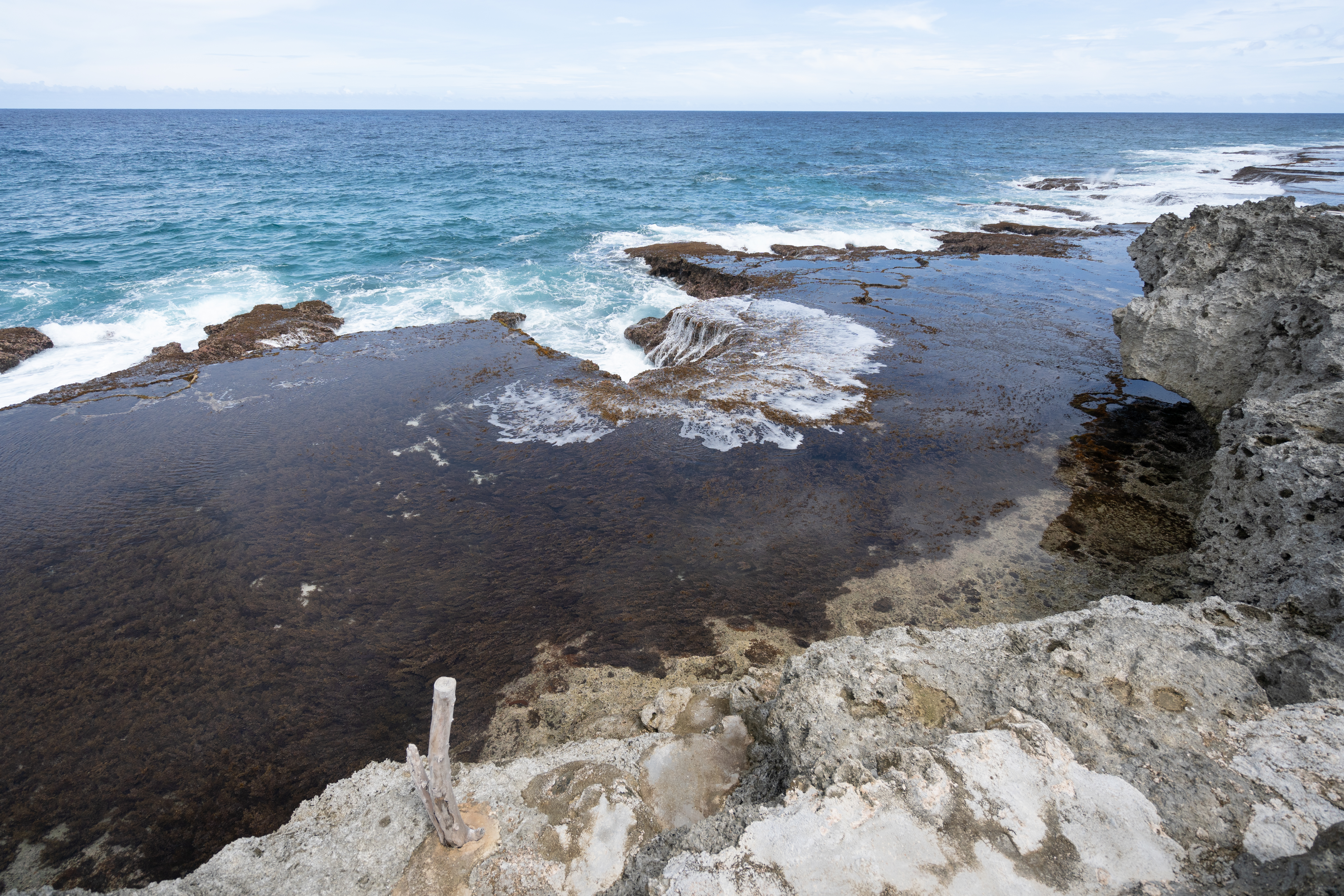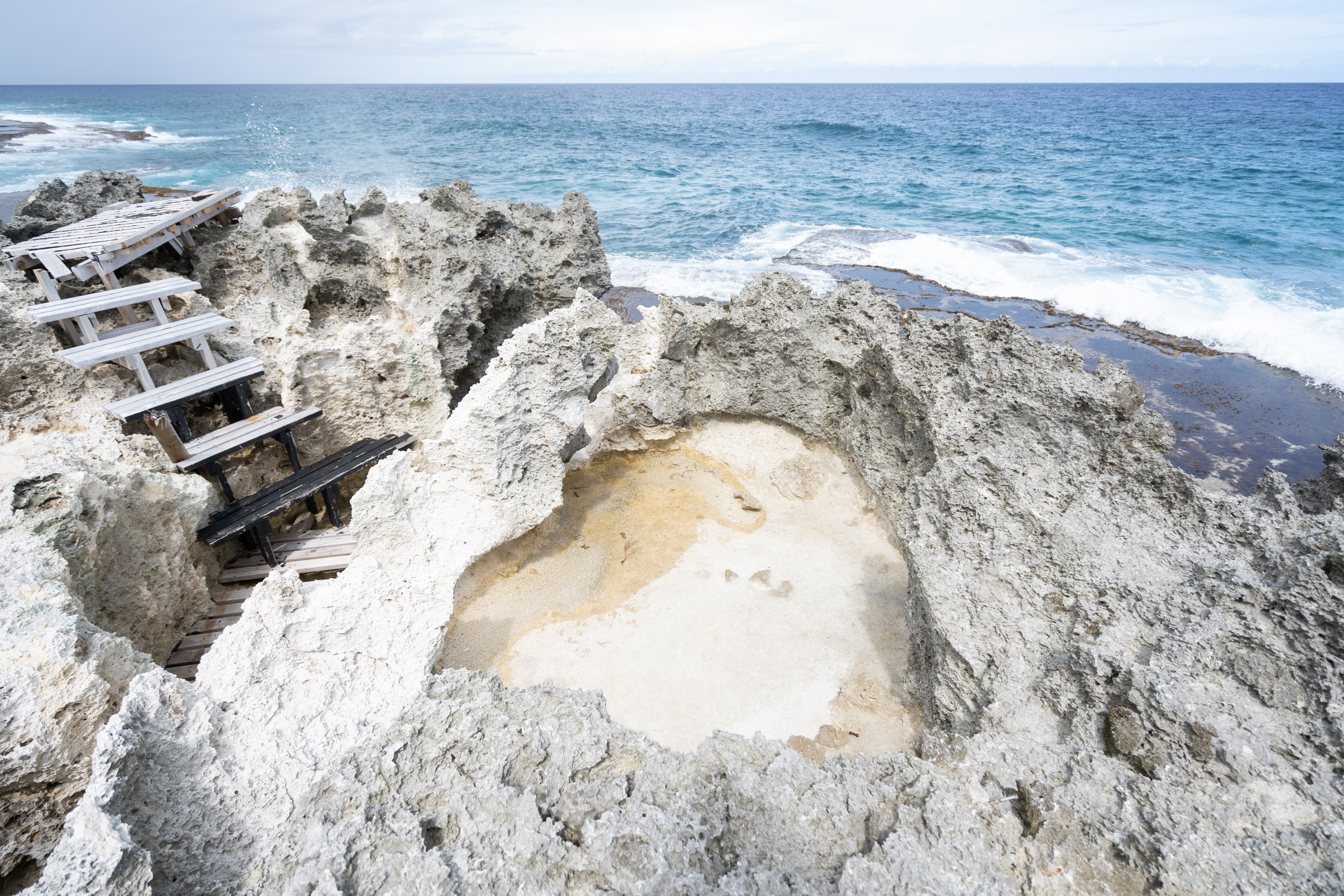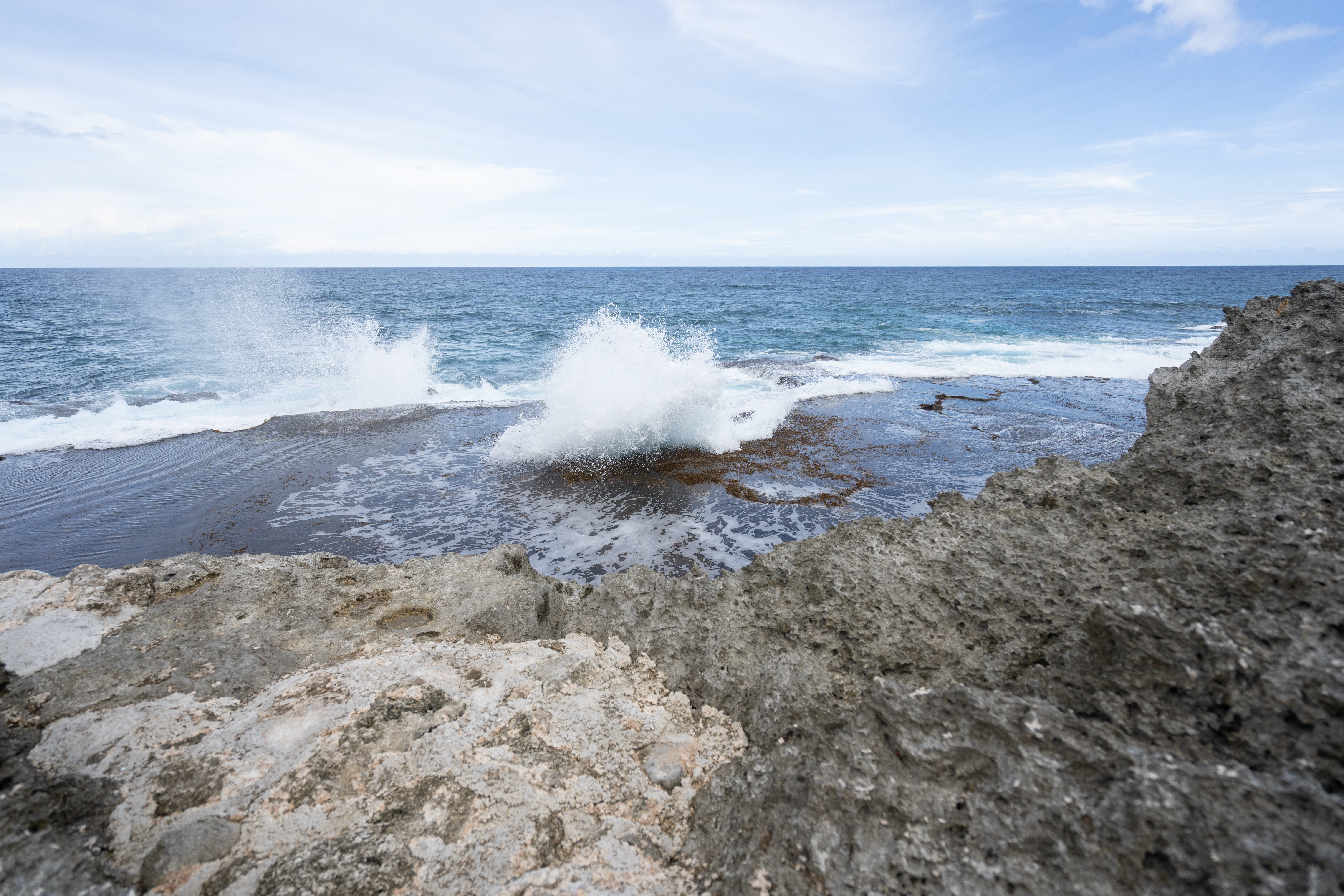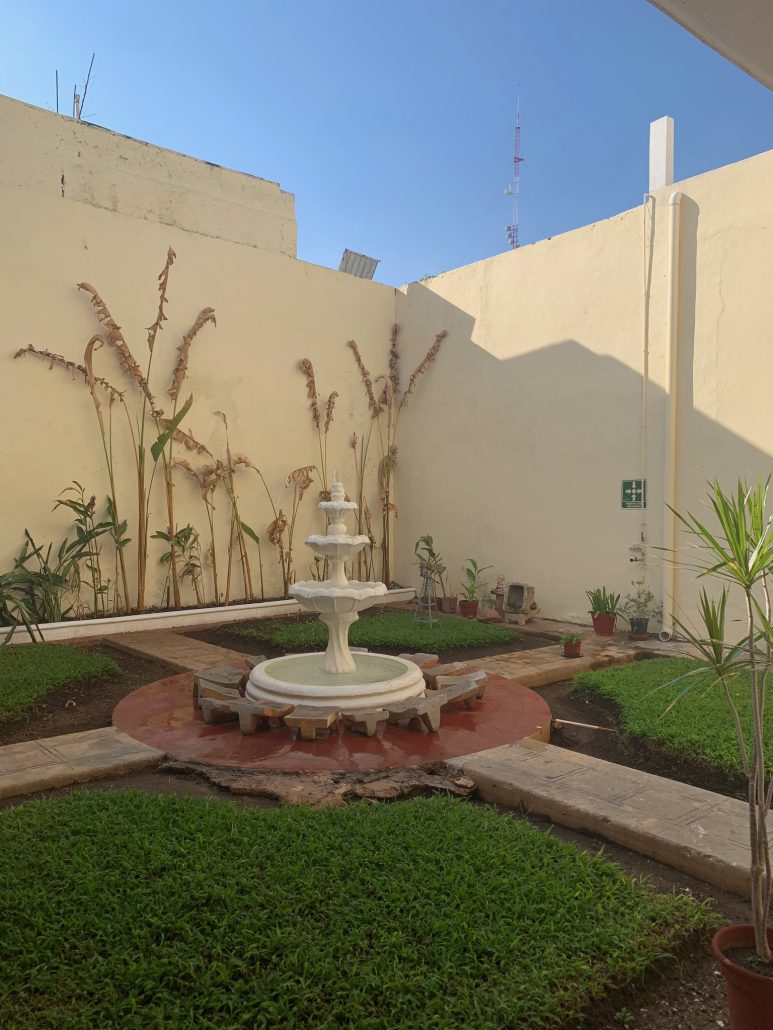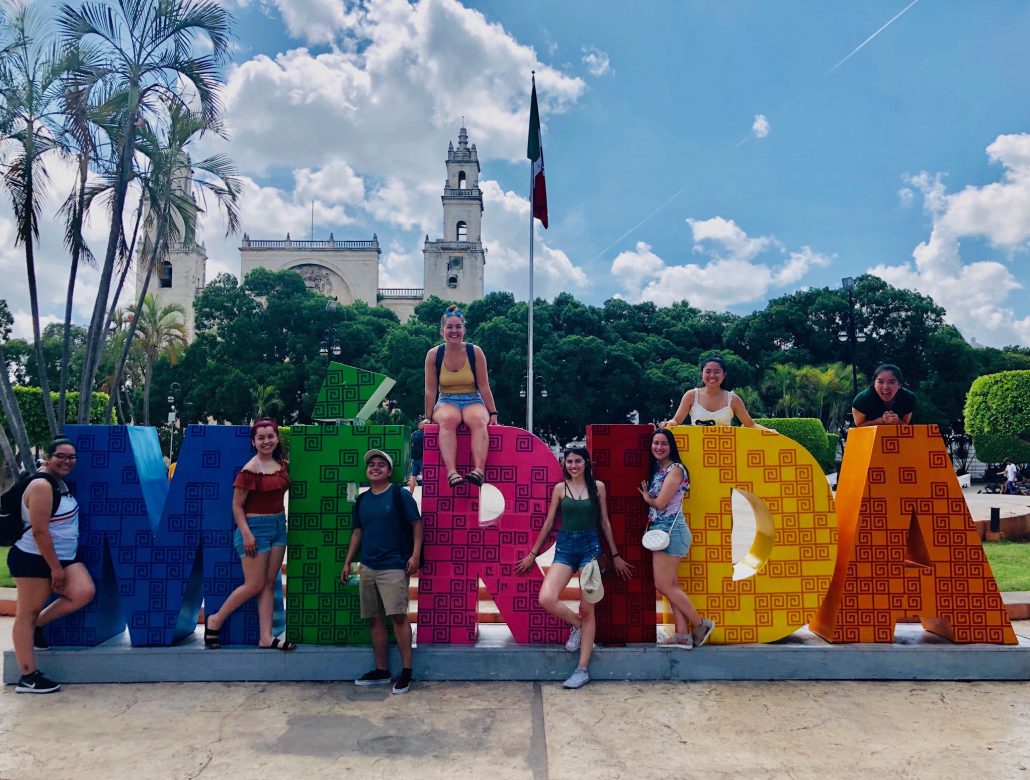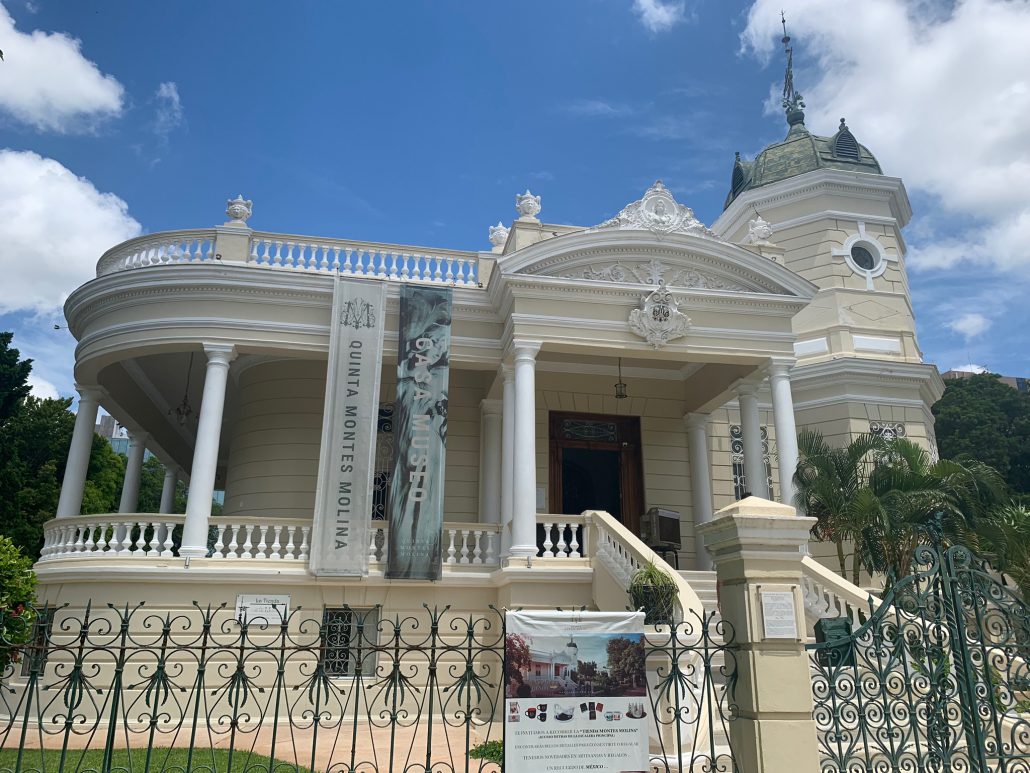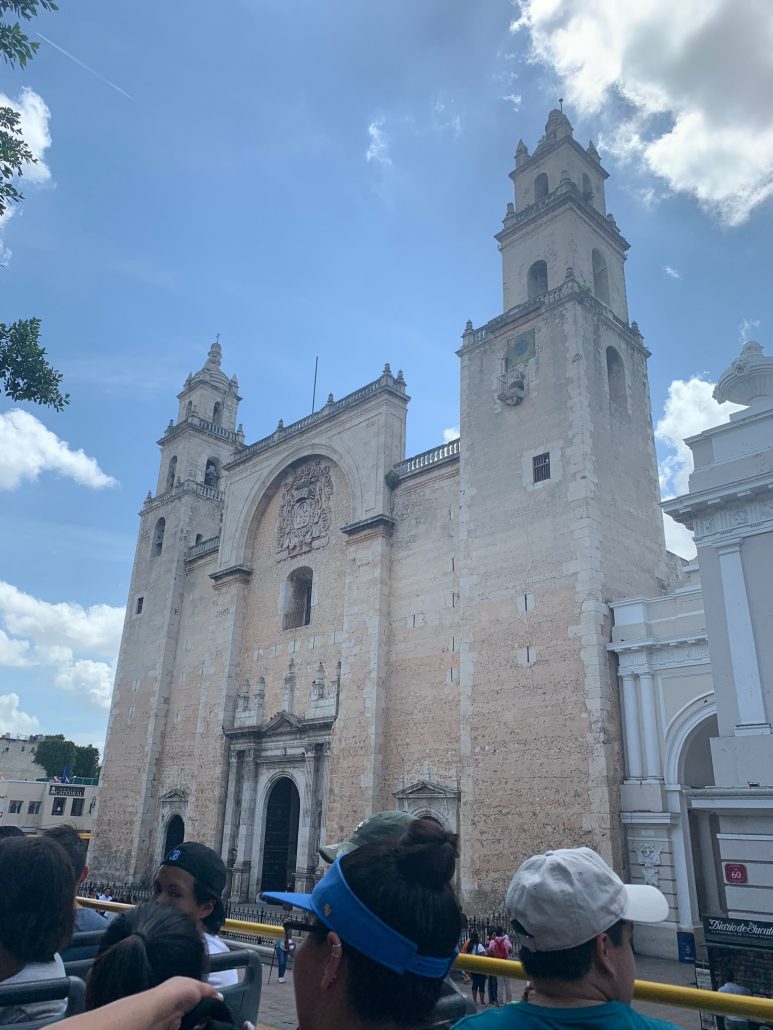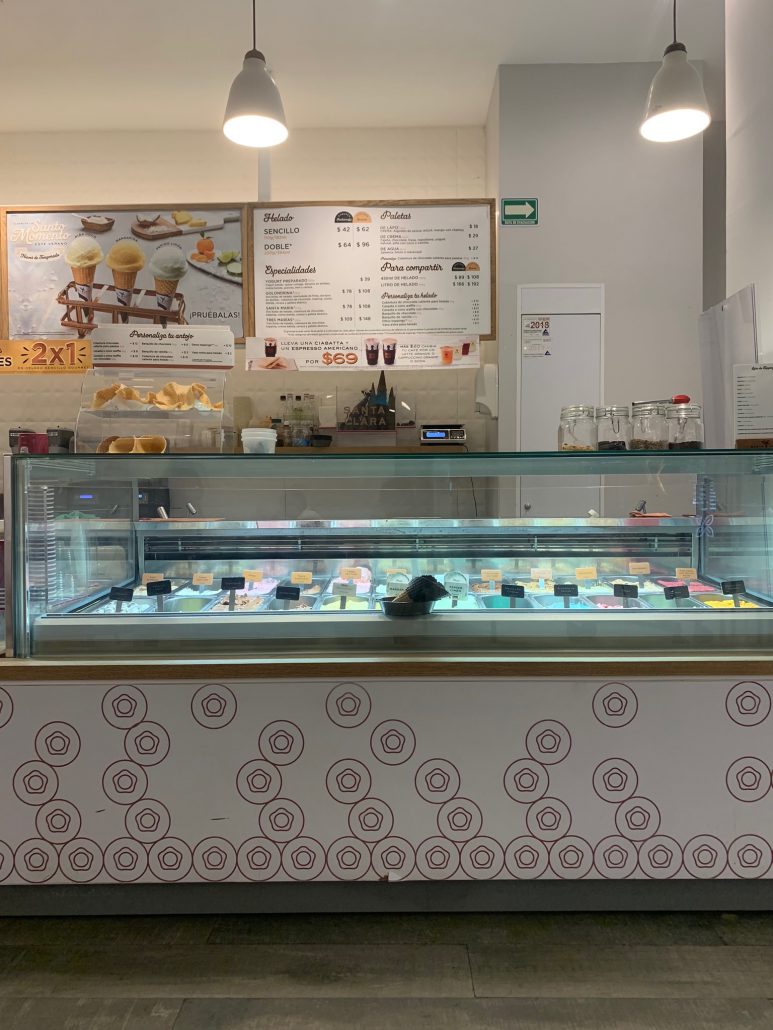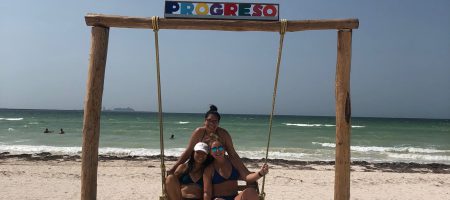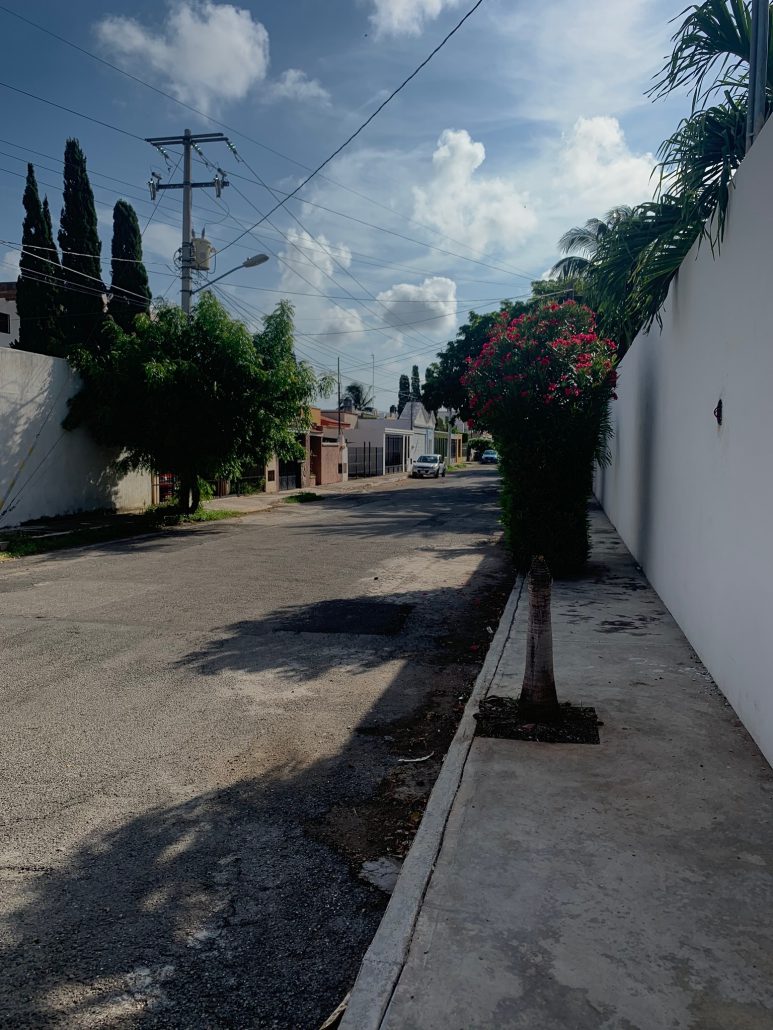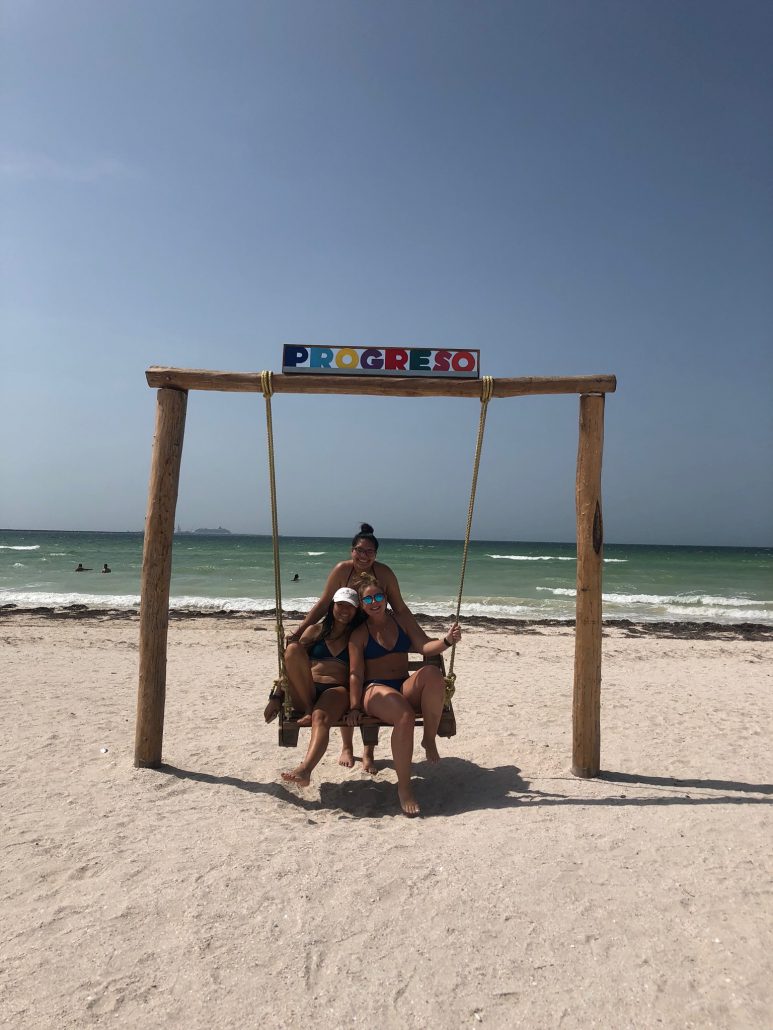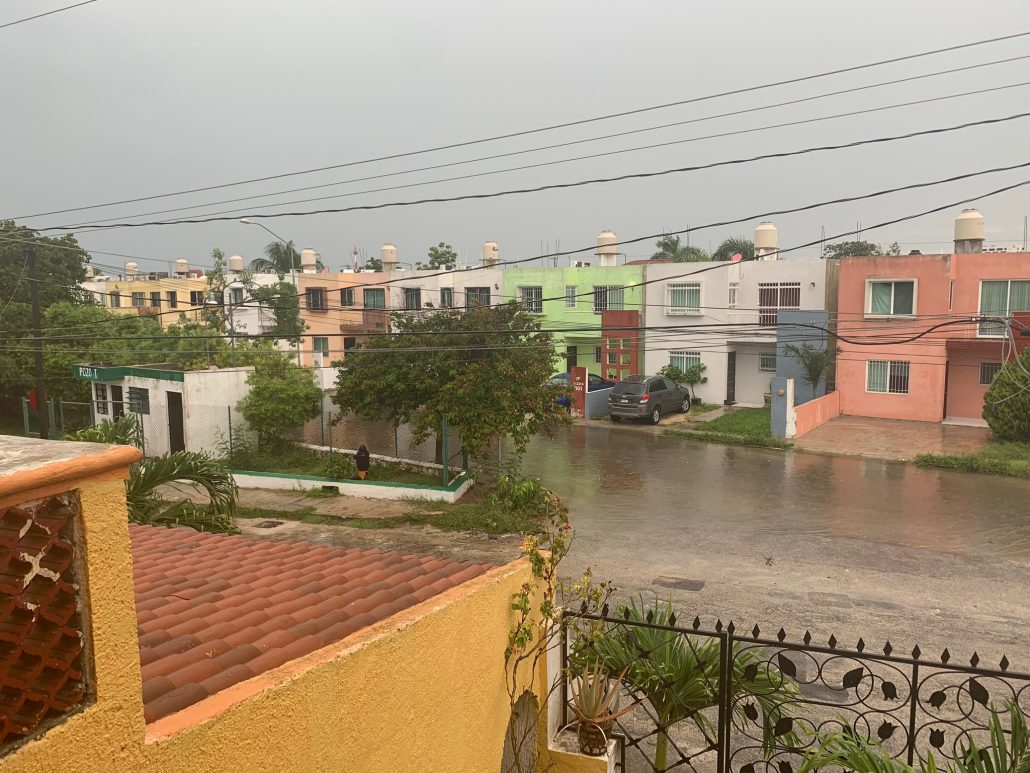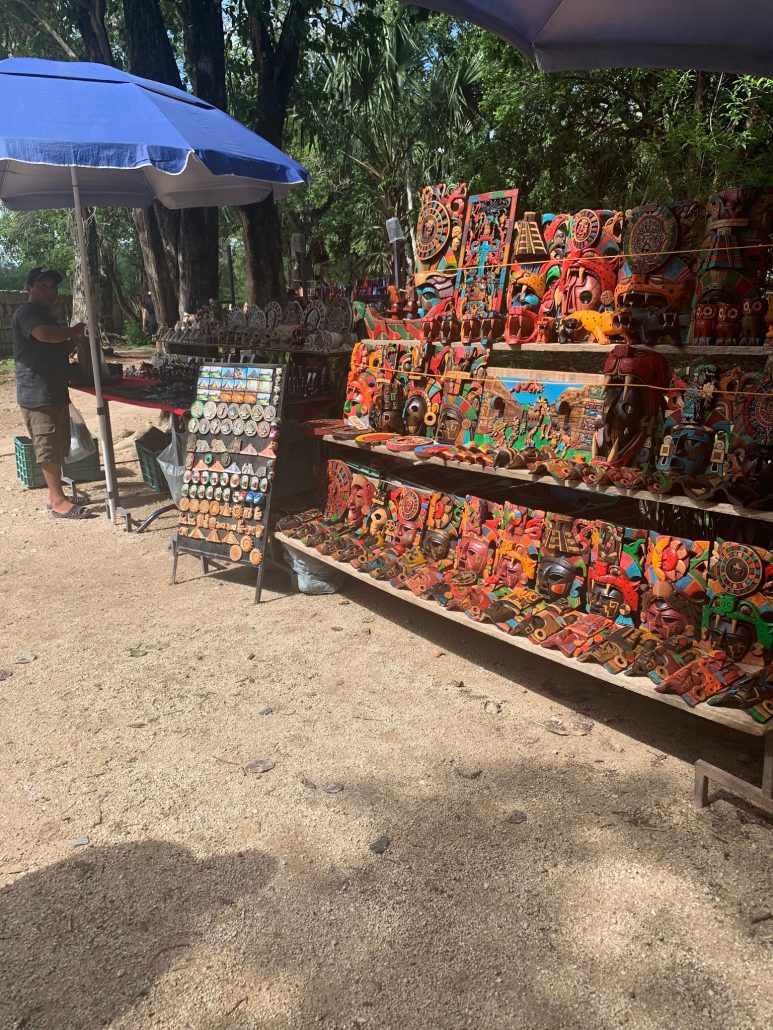Mexico | Chickens, Flamingoes, and Other Birds
By Andrea Zheng
It’s week 2 and we had our first midterm this week (ya, a midterm after 6 days of class. Life moves fast here.). But with that over, it was time to go to Chichén-Itzá, Izamal, and Celestún!
The first stop was the world famous Chichén-Itzá, or “at the mouth of the well of the water sorcerer” (or as our tour guide called it: Chicken Pizza). One of the seven wonders of the world, Chichén-Itzá is one of the most popular tourist attractions in all of Mexico. On the day that we went, there were so many tour groups bustling around, with guides speaking a variety of languages.
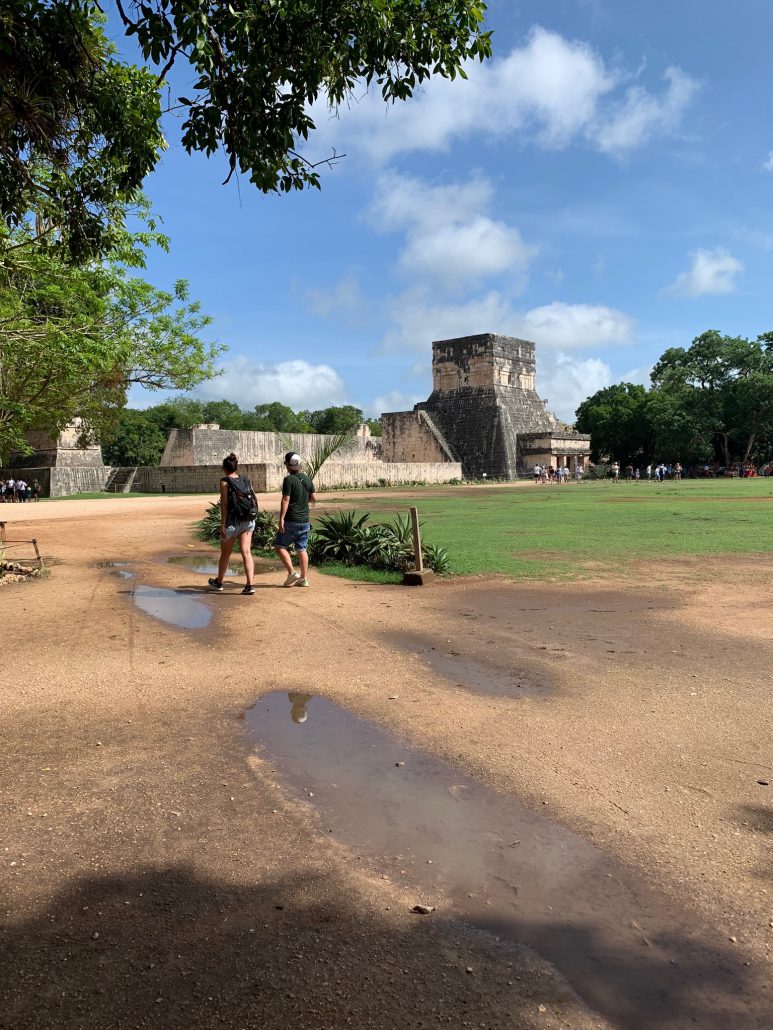
It was here that I learned how advanced the Mayans were in their architecture and knowledge of the world around them. The main pyramid, the Castillo Templo, was built in such a way that at a specific time during the two Spring and Fall equinoxes, the sun would come through the pyramid to create the image of a snake slithering down the side of the temple. This image was made to honor one of the Mayan gods, Kulkulcan, the plumed serpent god.
I thought this was incredible because ancient civilizations are often thought of as not advanced, but this shows how much the Mayans figured out about natural phenomena like the movement of the sun.
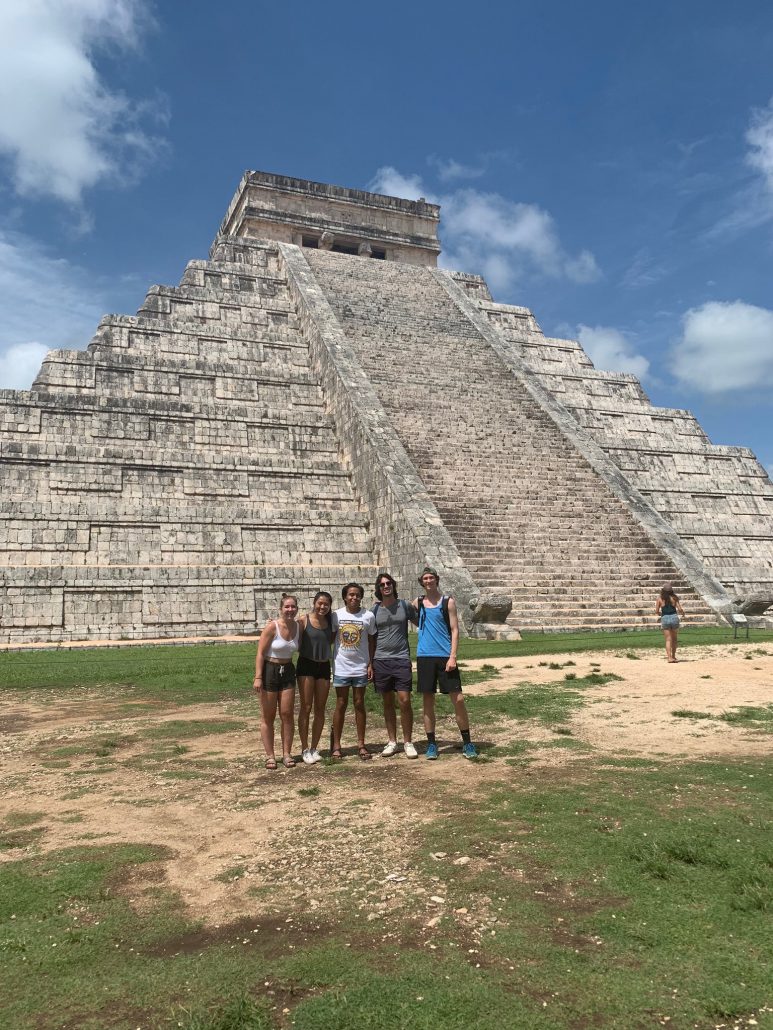
After Chichén-Itzá, we went to Izamal, a small city that is painted entirely yellow. It is thought that the city was painted yellow before Pope John Paul II visited Izamal in 1993 to make the city look pretty and clean. It was truly amazing to be pulled down the streets in our horse drawn carriages and see building after building a bright yellow. There is also another temple here (that we of course climbed) dedicated to the god Kinich Kak Moo, the Mayan sun god.
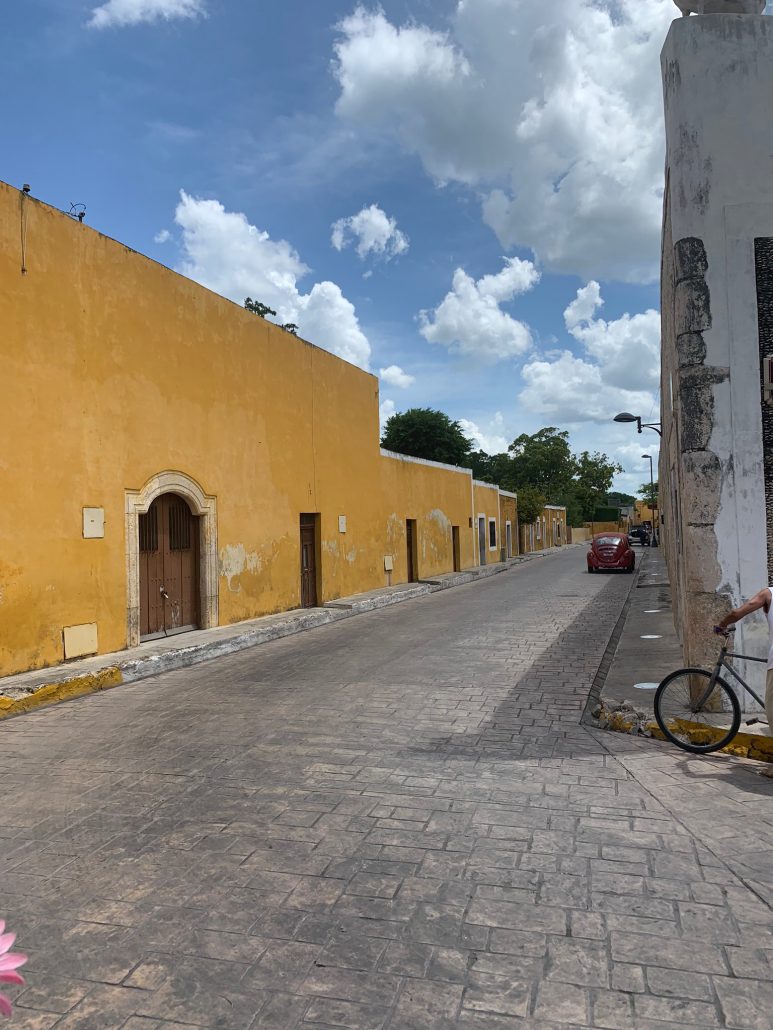
The next day we headed out to Celestún, a small beach town that is home to a diverse ecosystem of plants and animals. When we visited, it was just the right time to see the flamingoes that pass through the area while following their migration patterns. I never realized how weird of an animal flamingoes are, with their skinny knees and almost too flexible necks.
Don’t get me wrong, they’re incredibly beautiful animals, just a little funky looking. It was incredible to drive in our speedboat around the surrounding wetlands to see the flocks of flamingoes, but no matter how many pictures I tried to take, it didn’t do them justice.
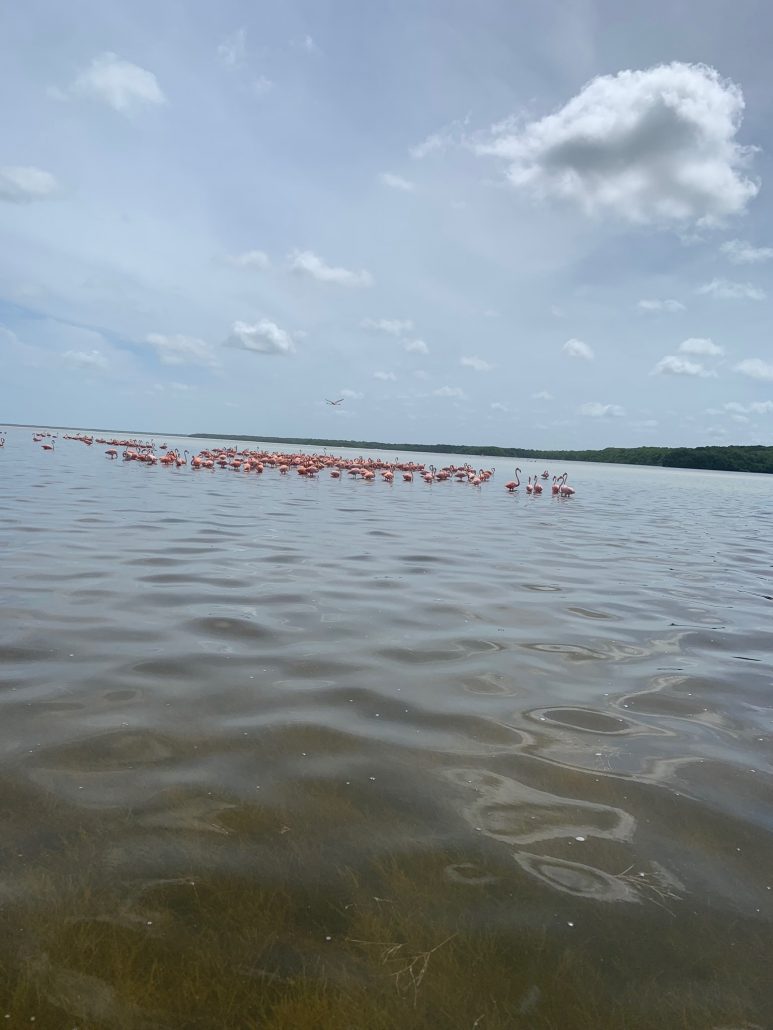
The rest of the day was spent by the beach (just how I like it). We have a free Saturday and Sunday now and a few of us have planned a trip to Playa del Carmen, so click HERE to read more about how that trip went!
Andrea Zheng studied abroad in Merida in Summer 2019. https://ieo.ucla.edu/travelstudy/Span-Mexico/


